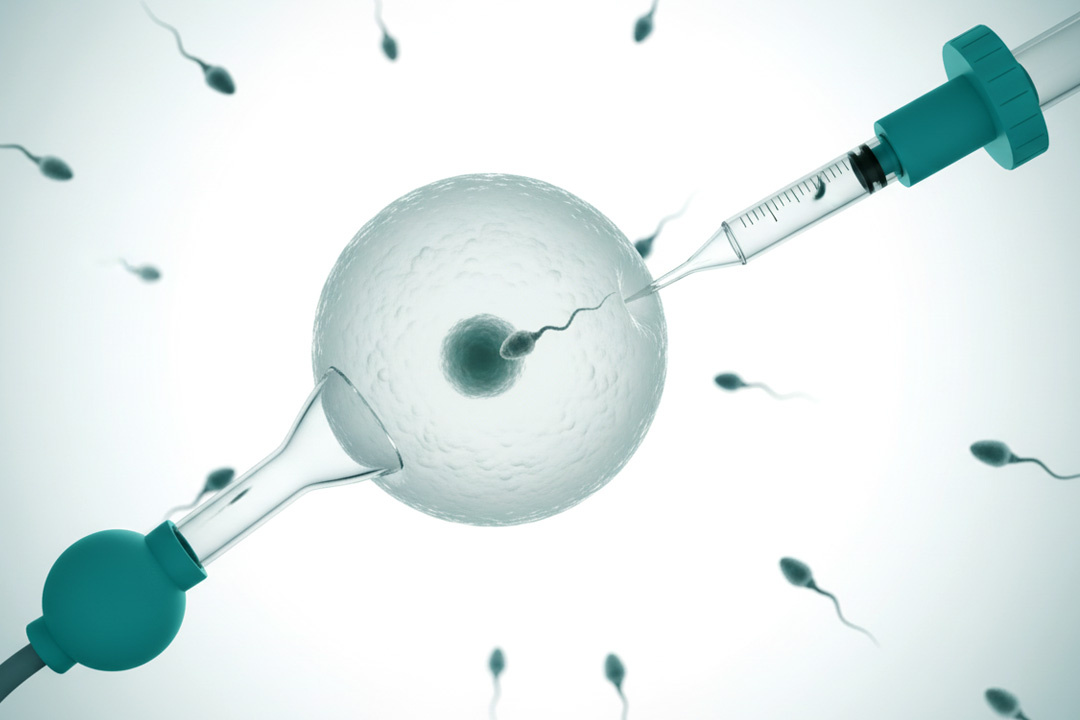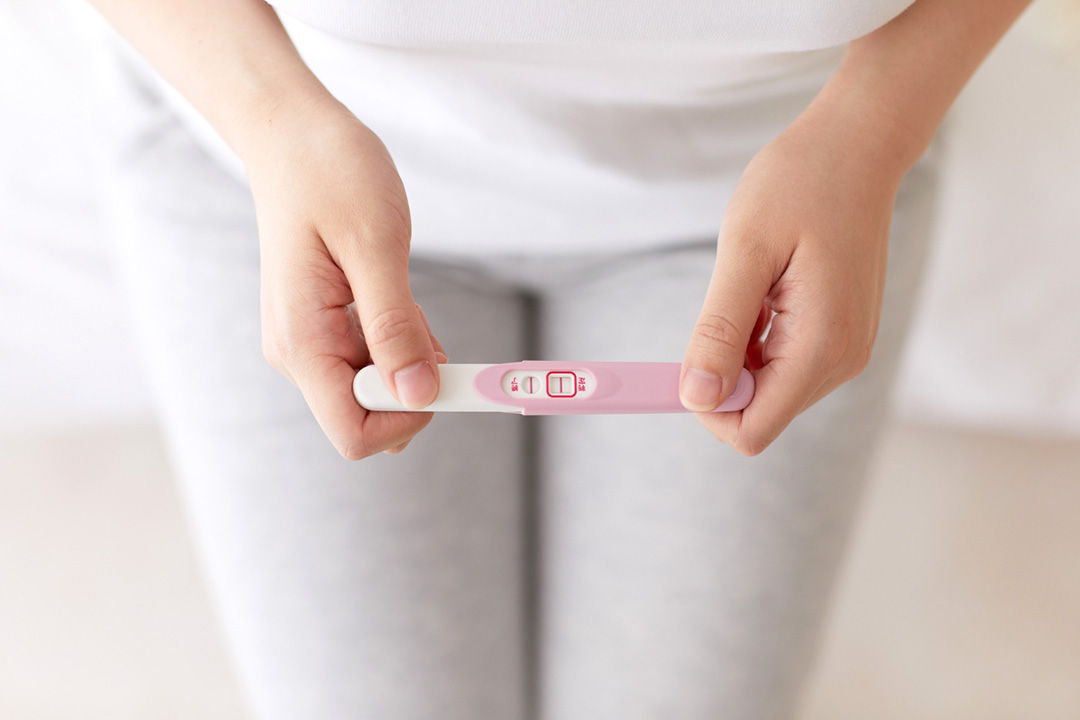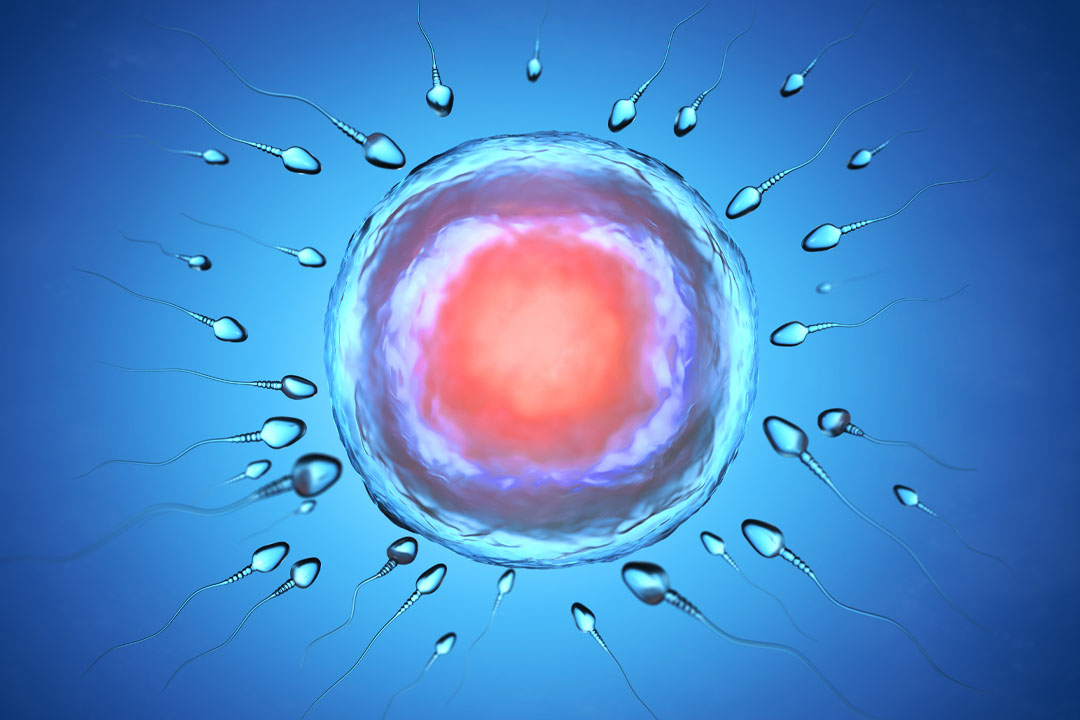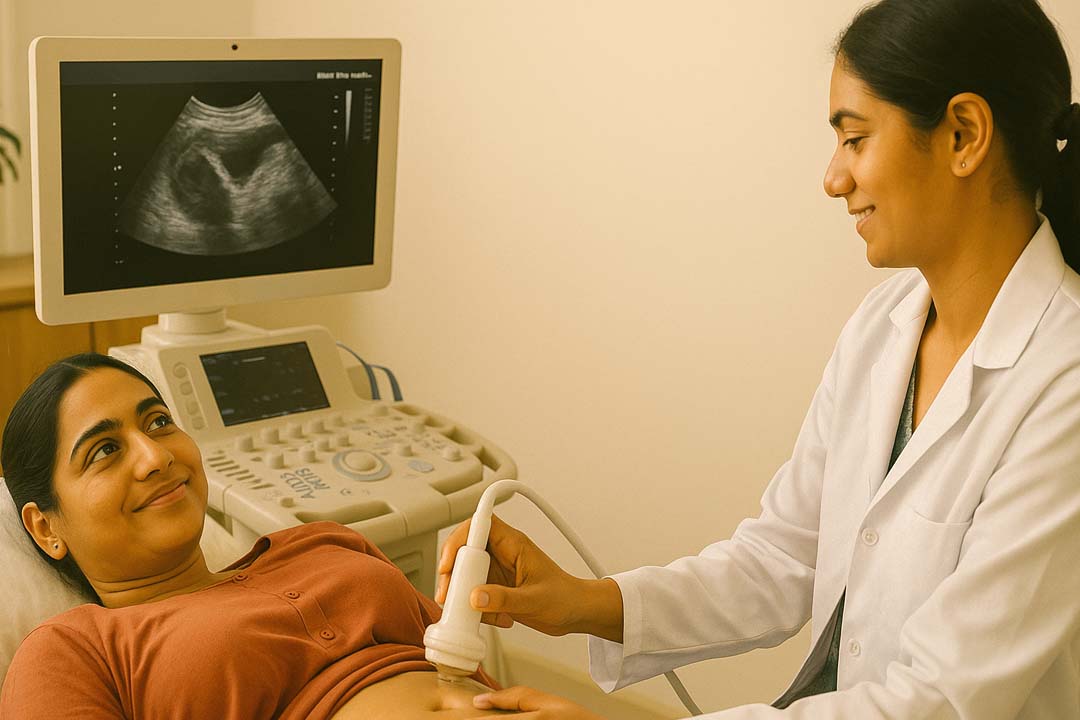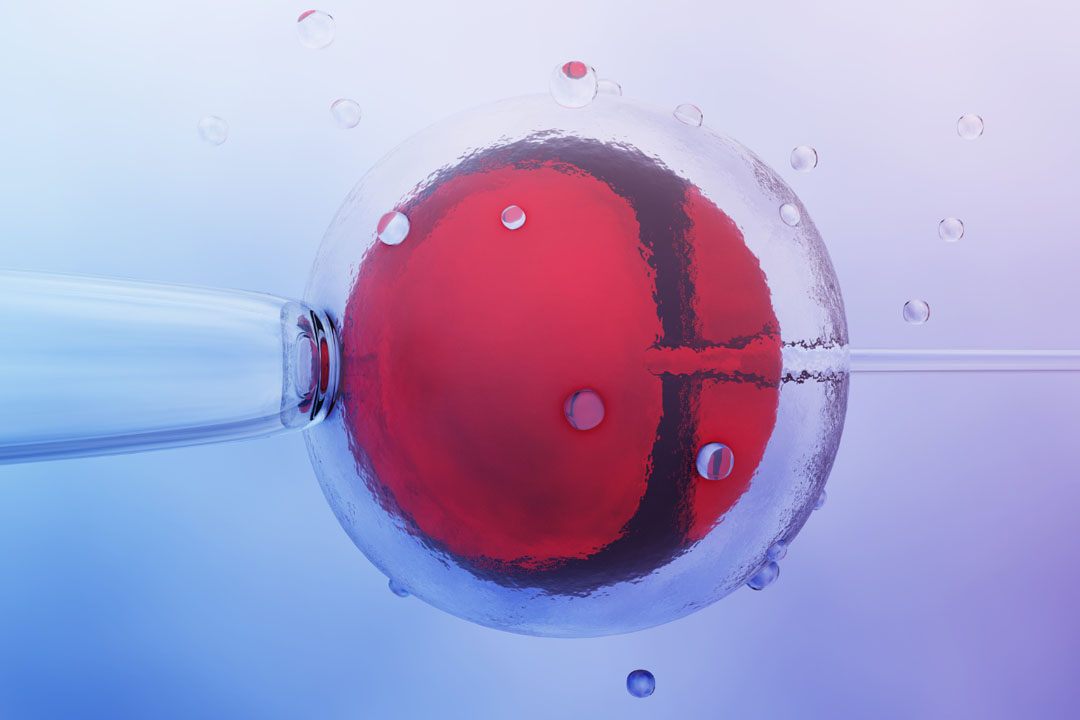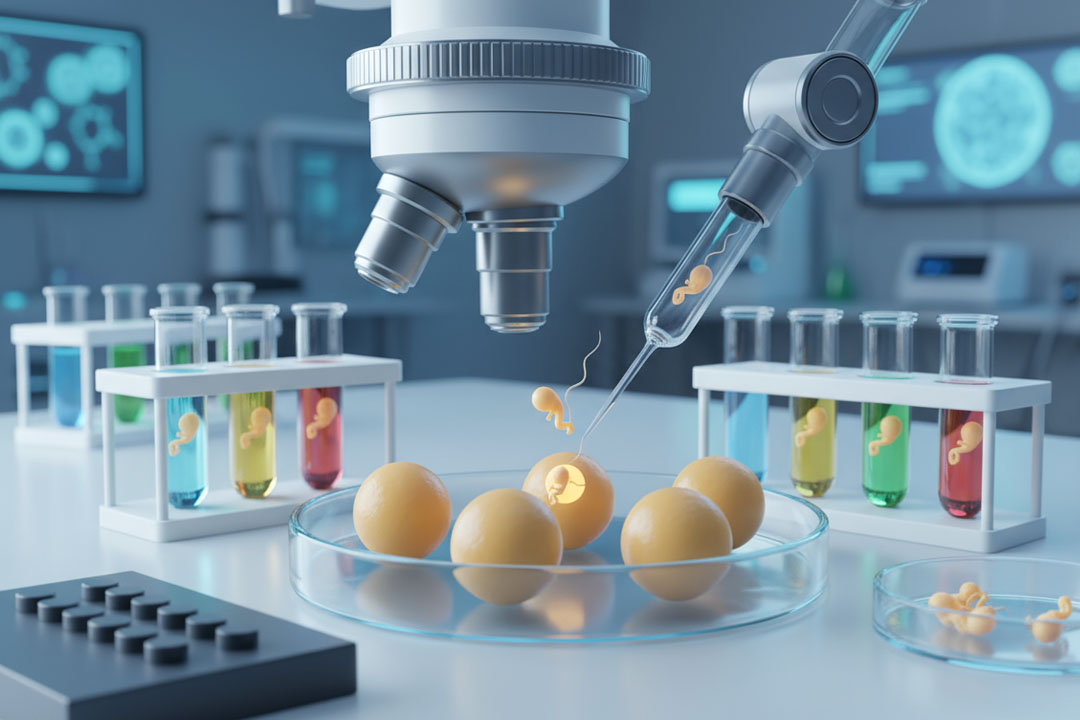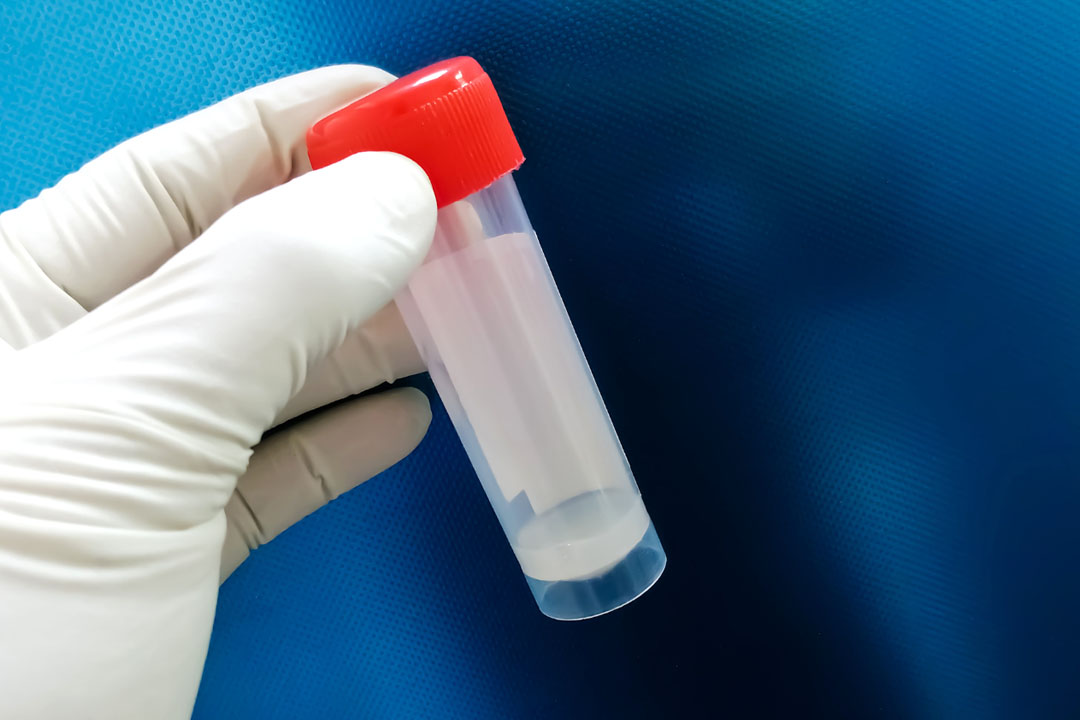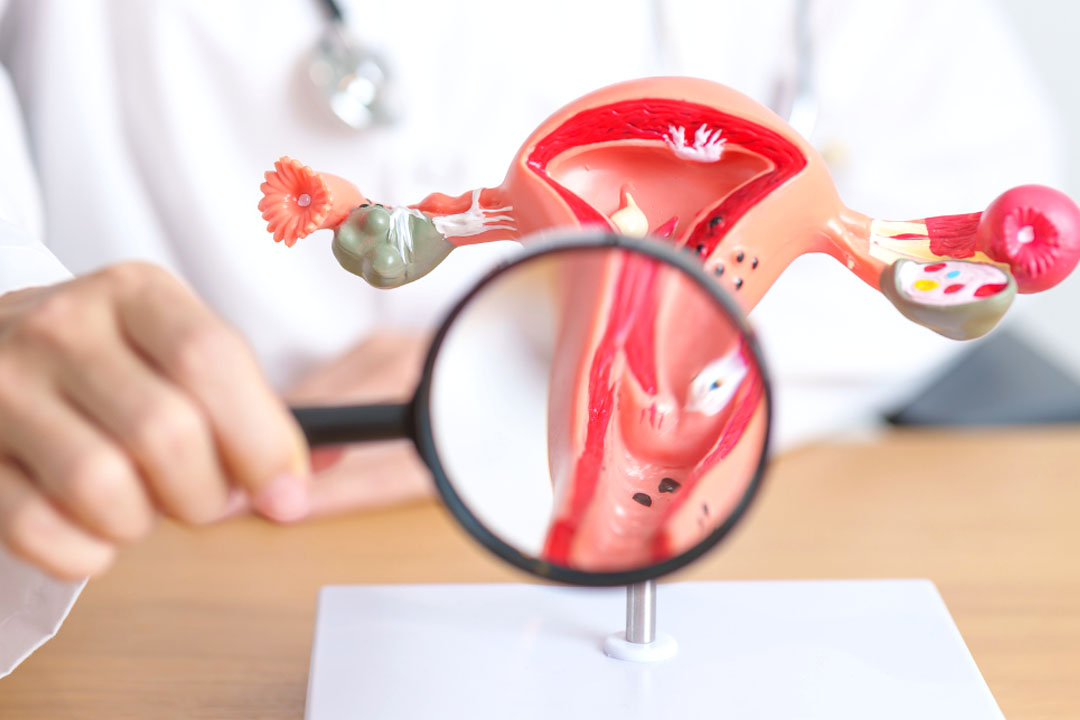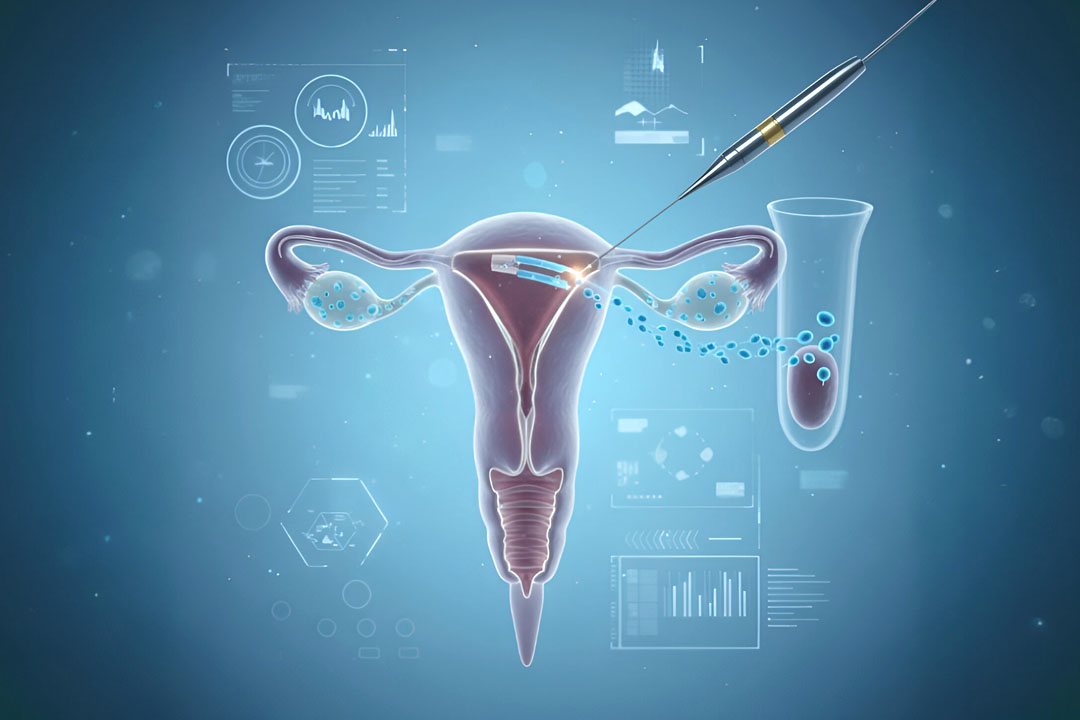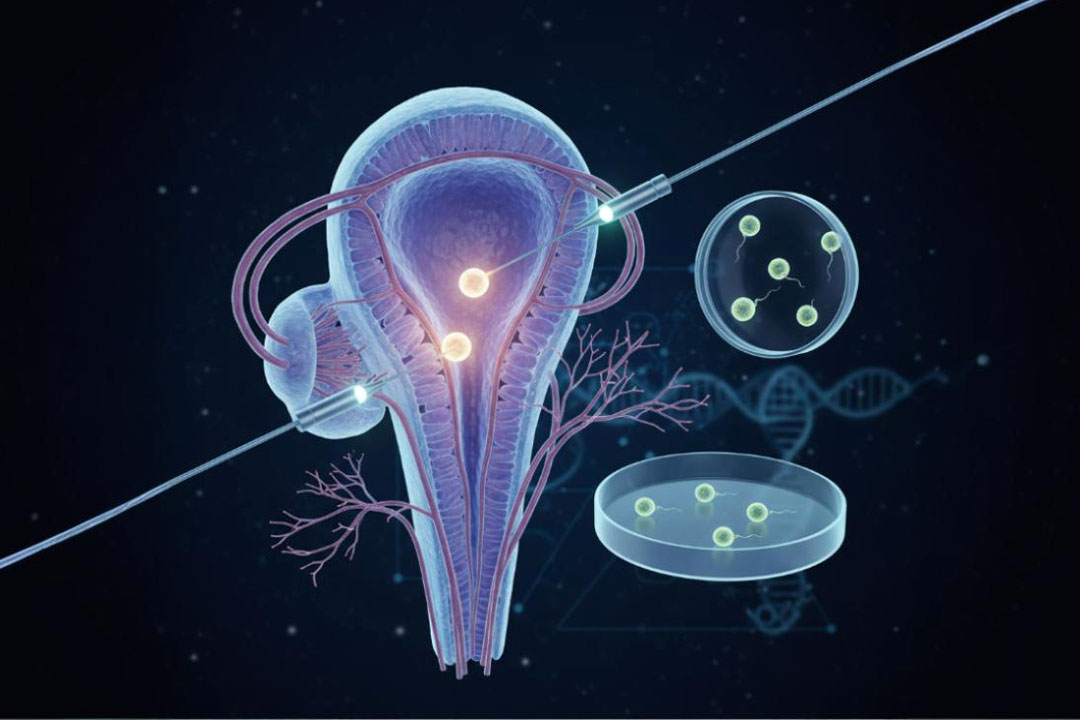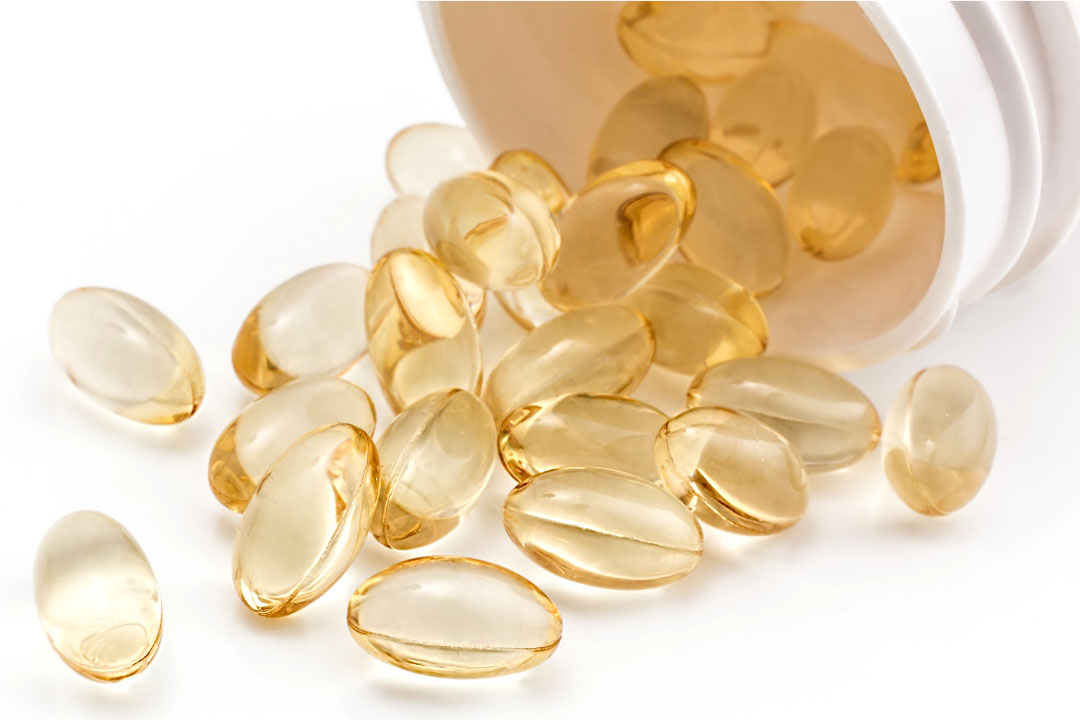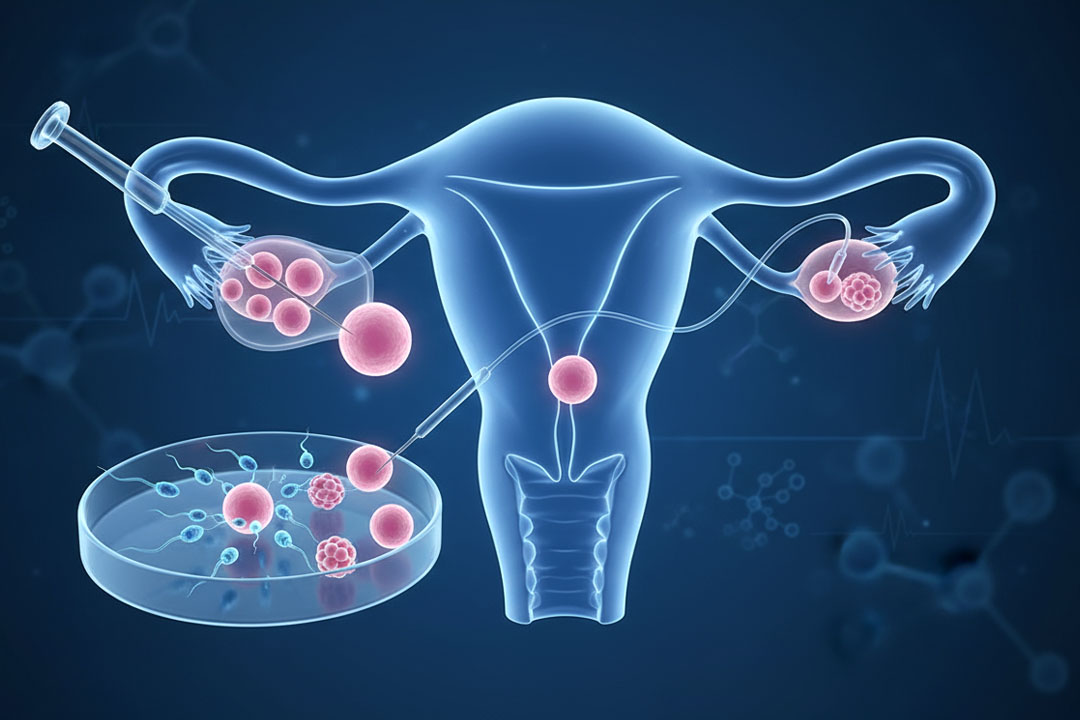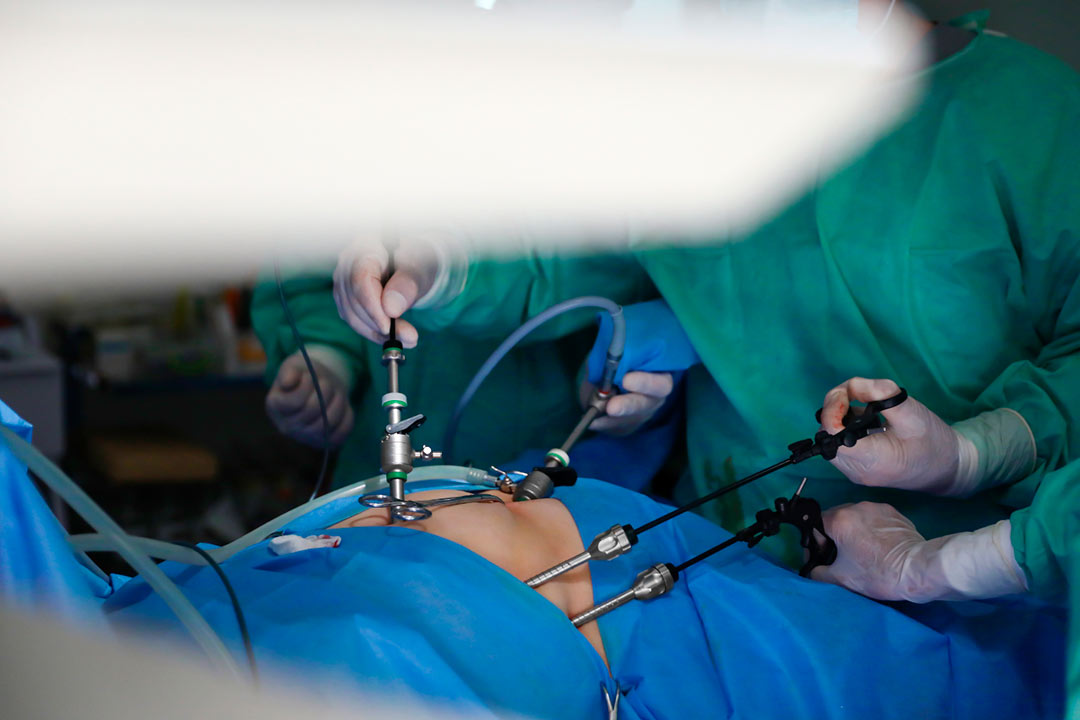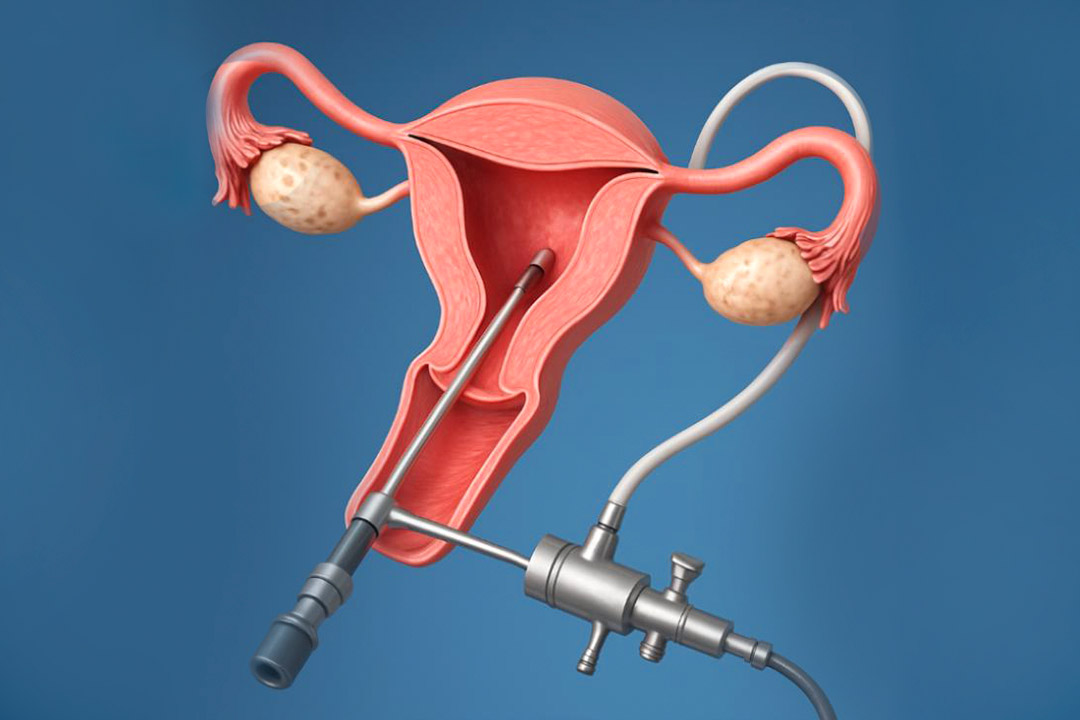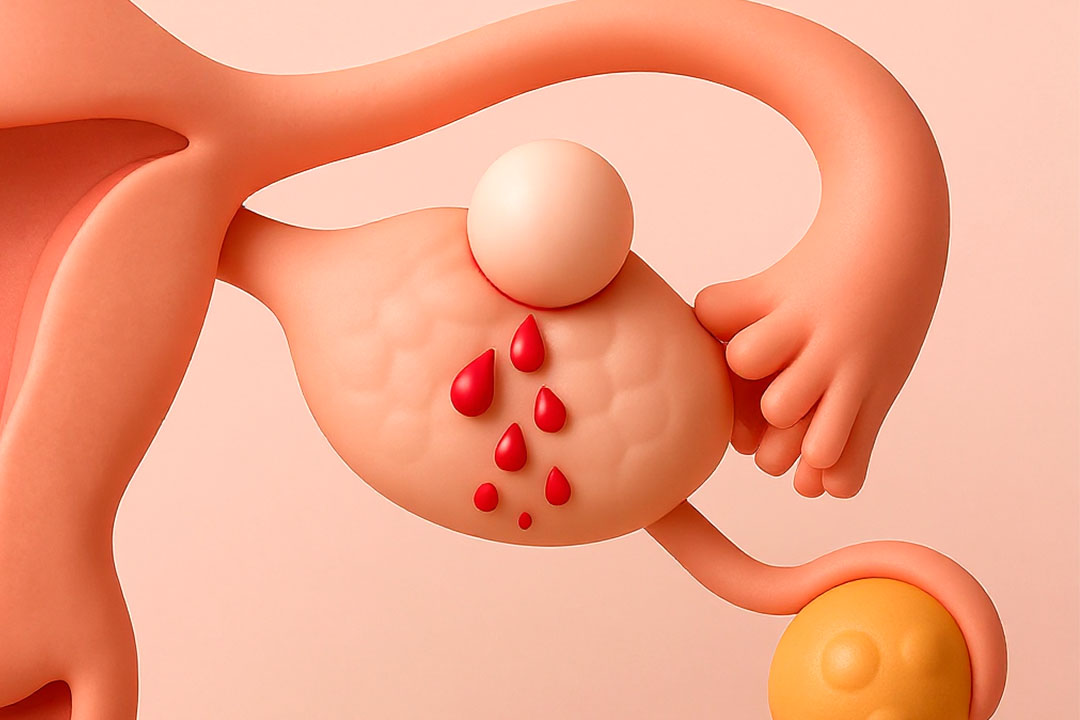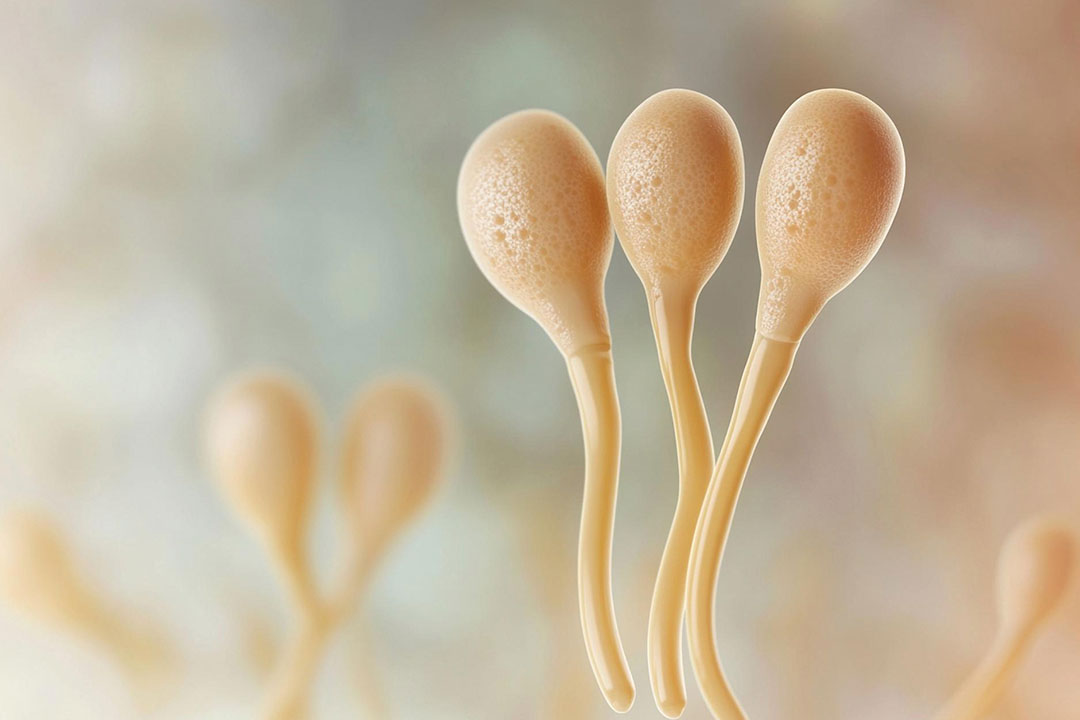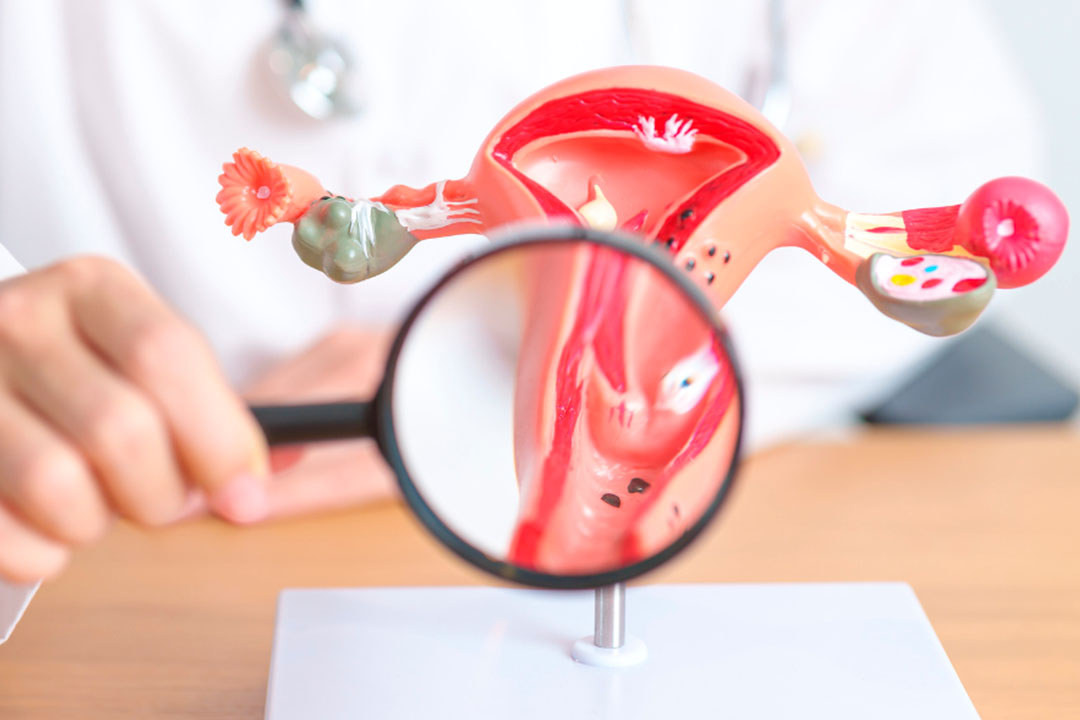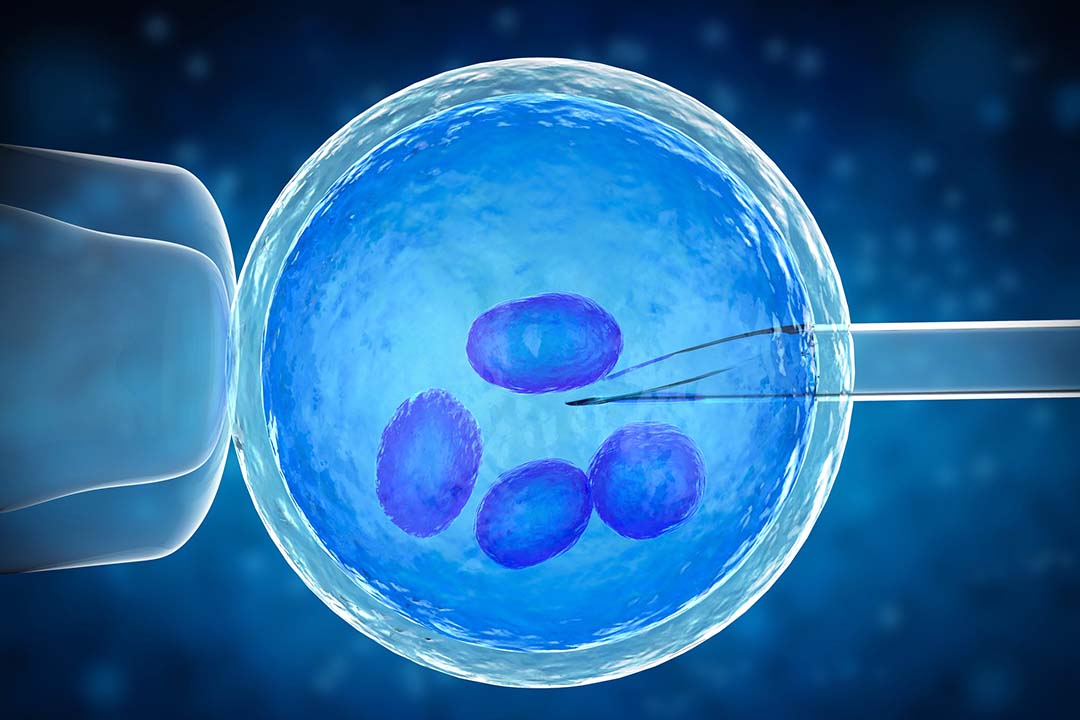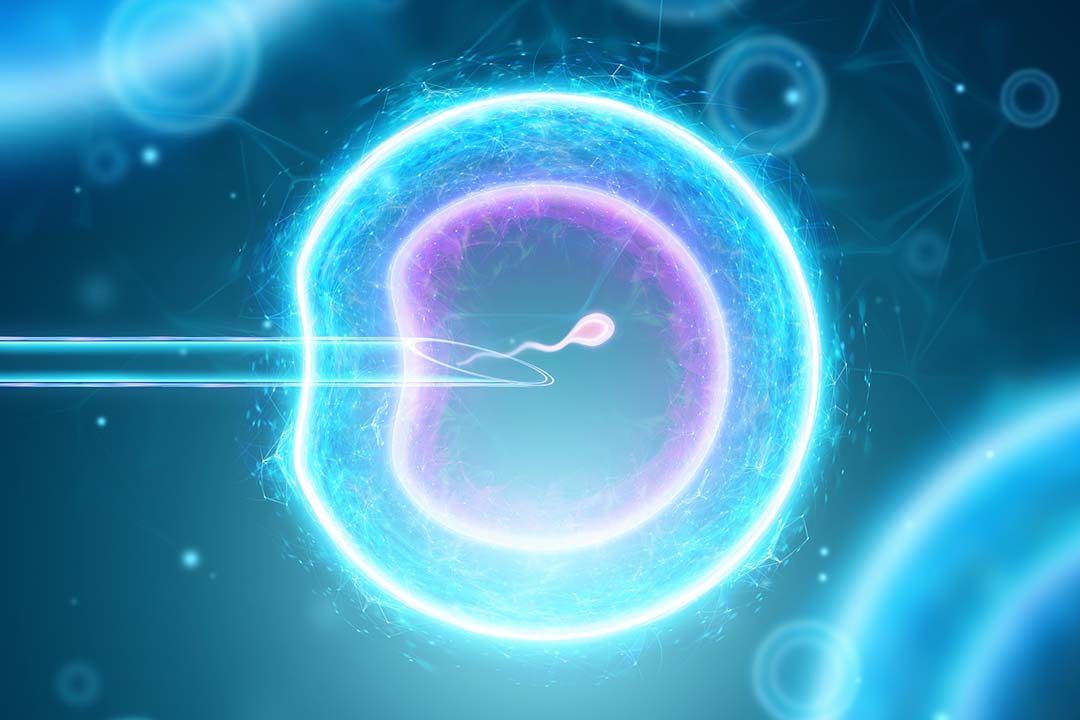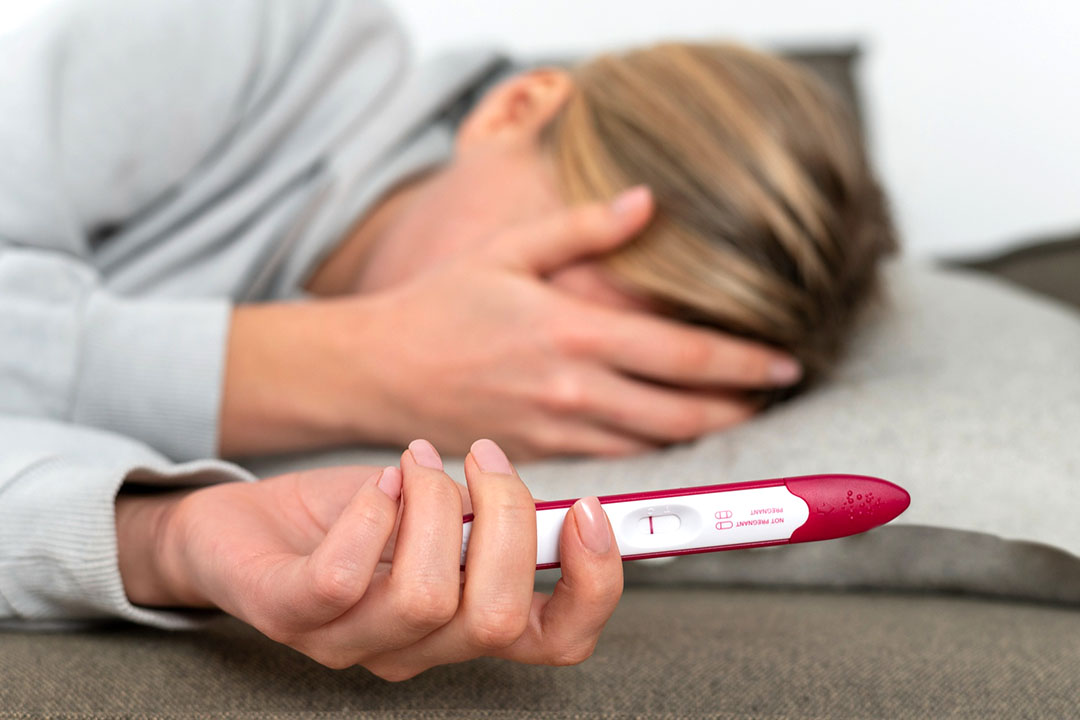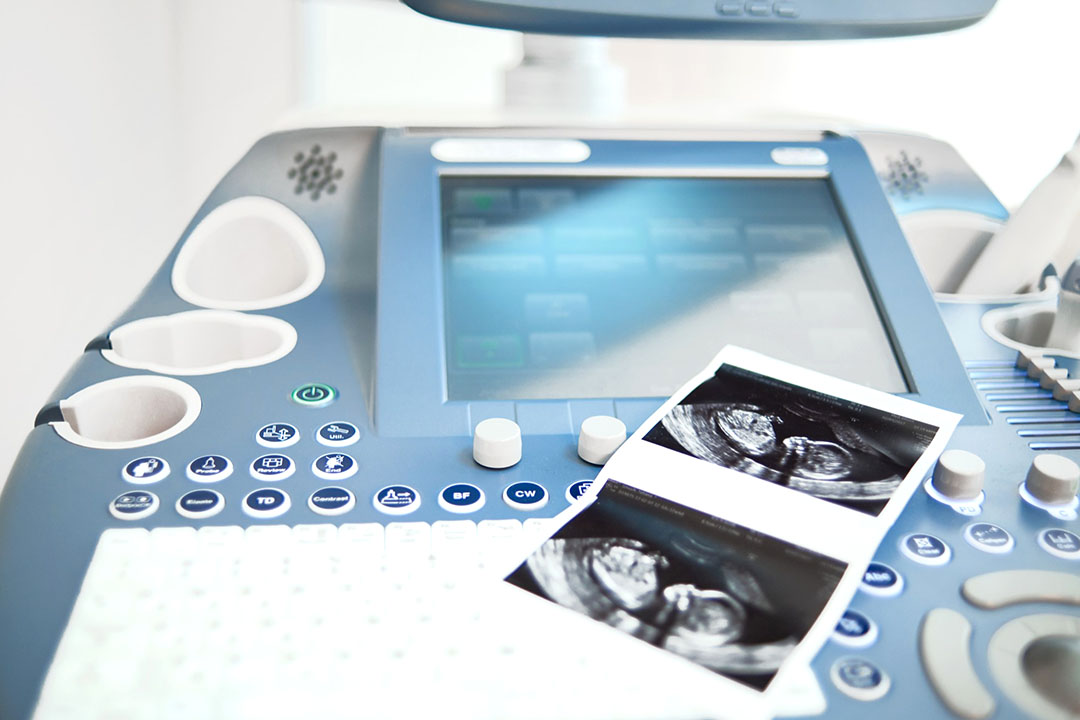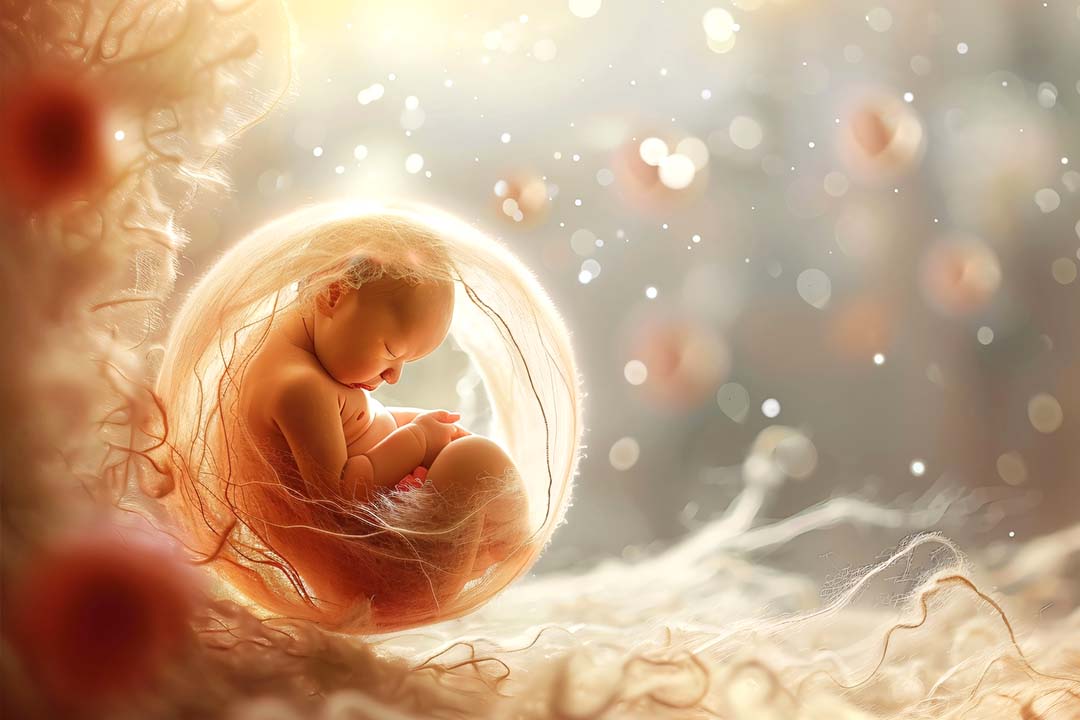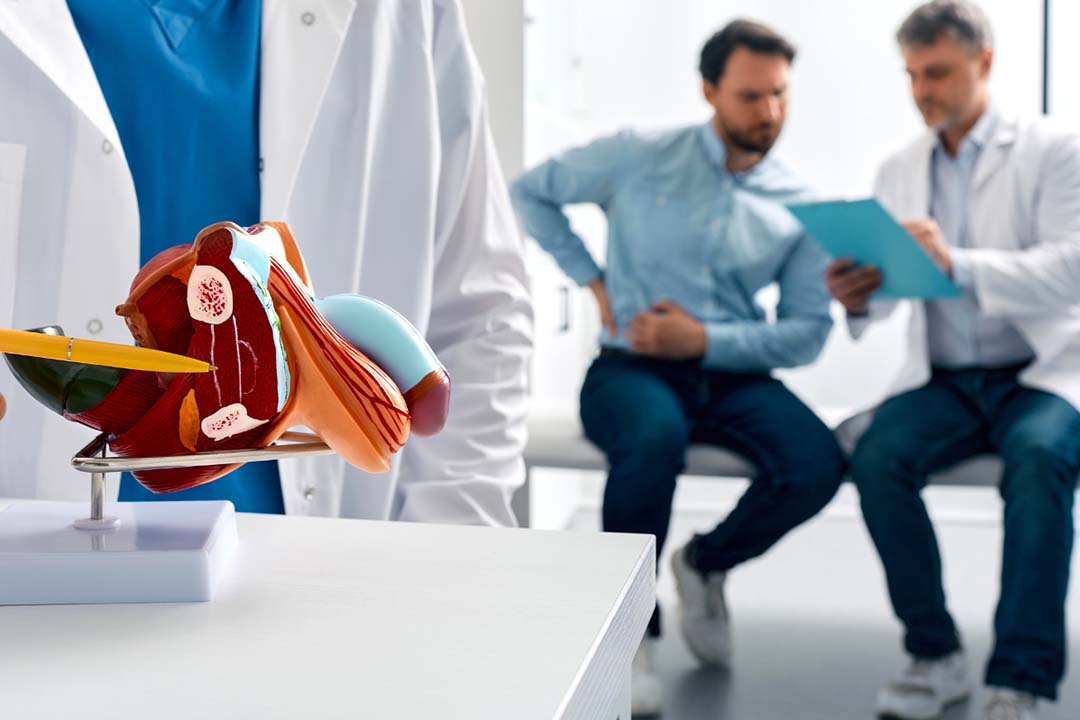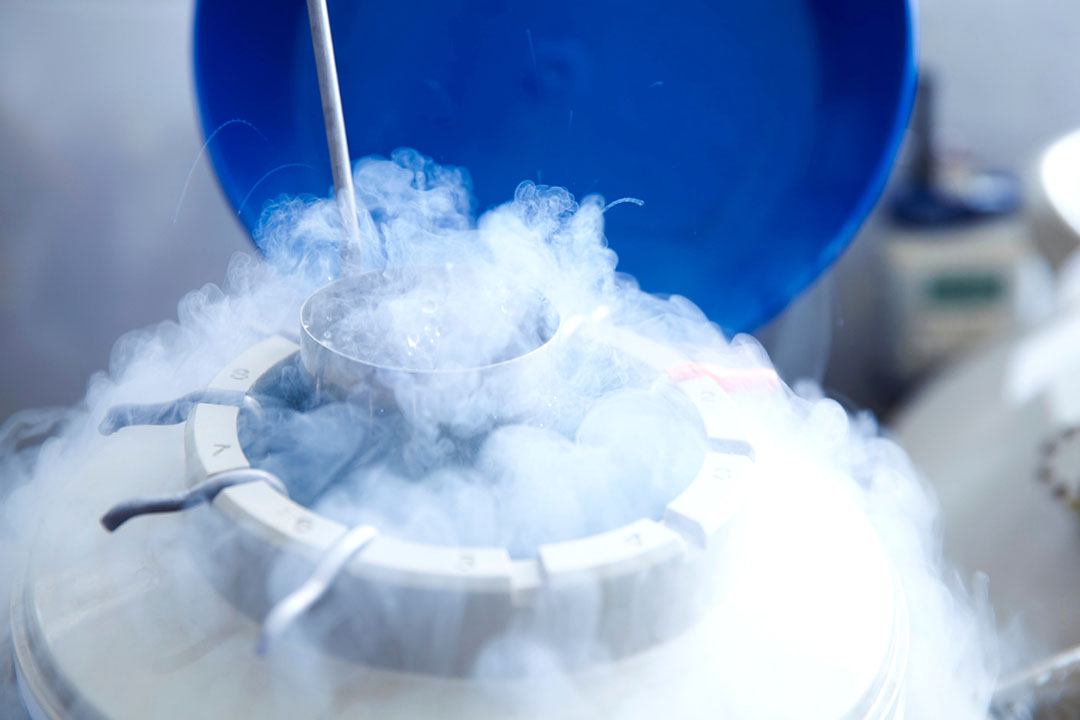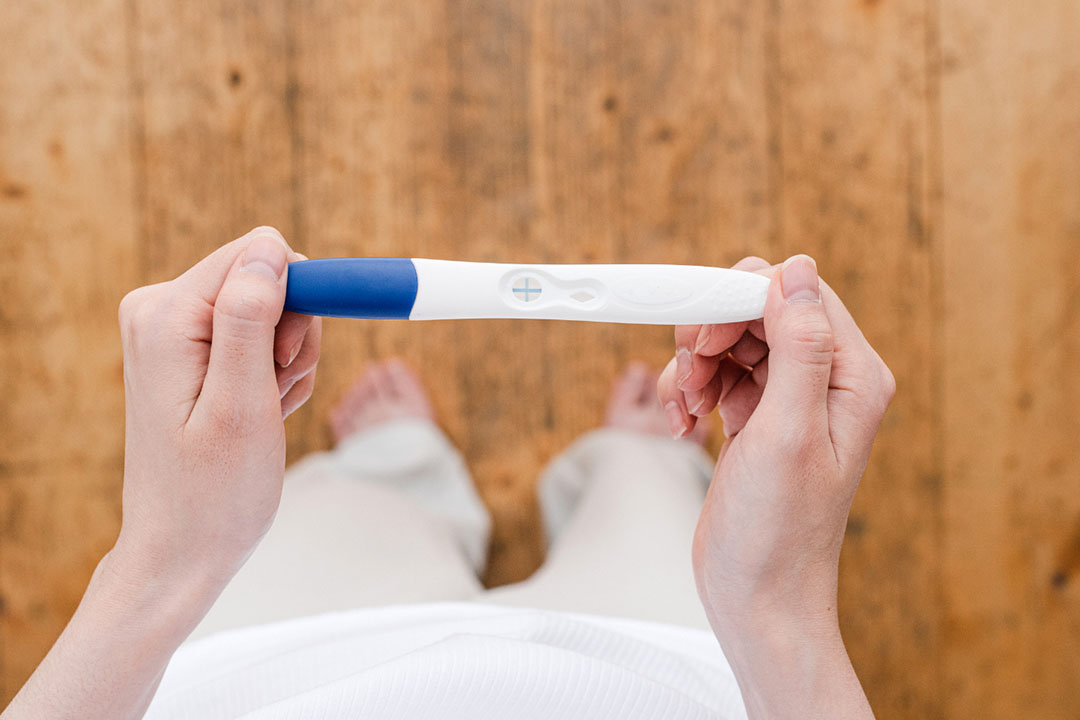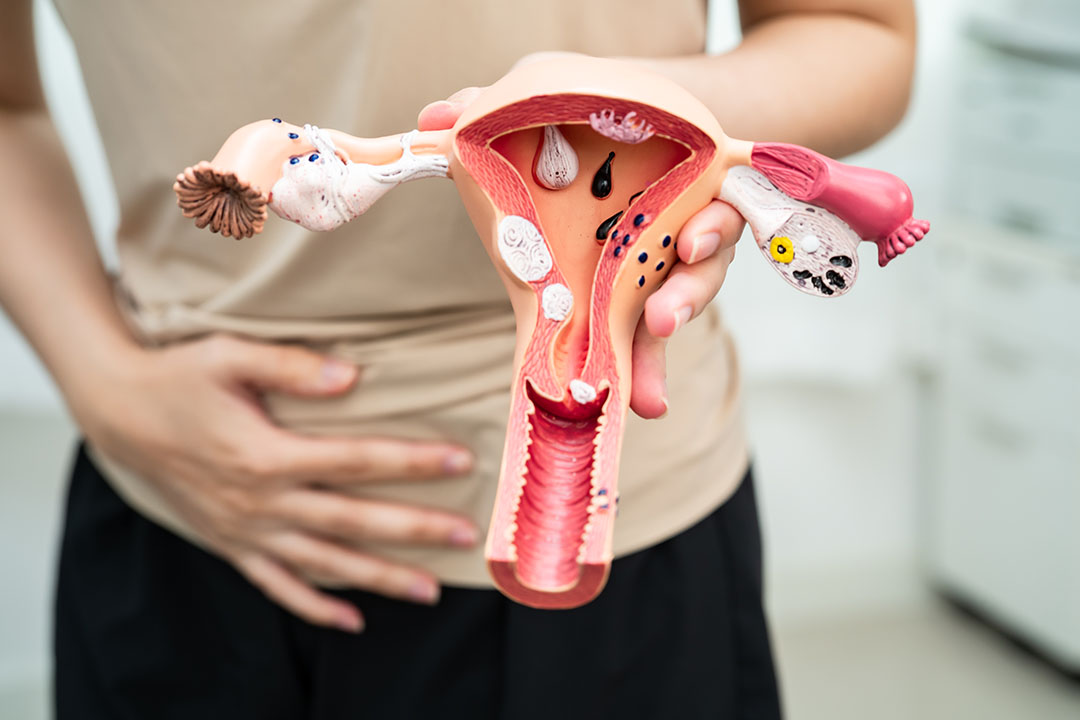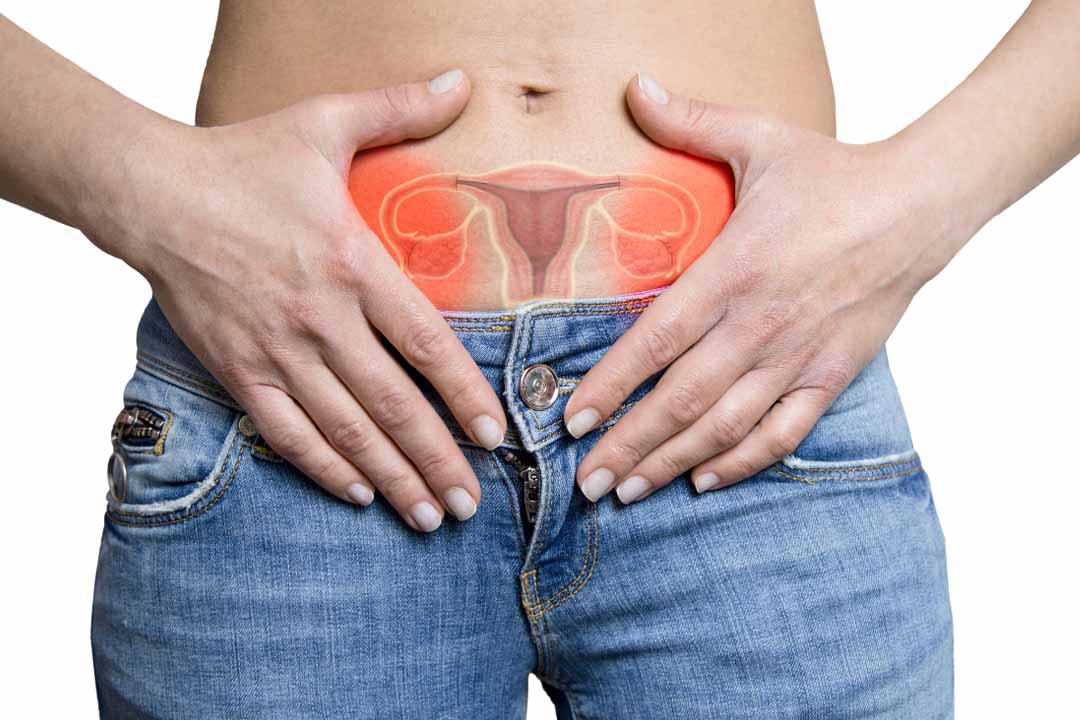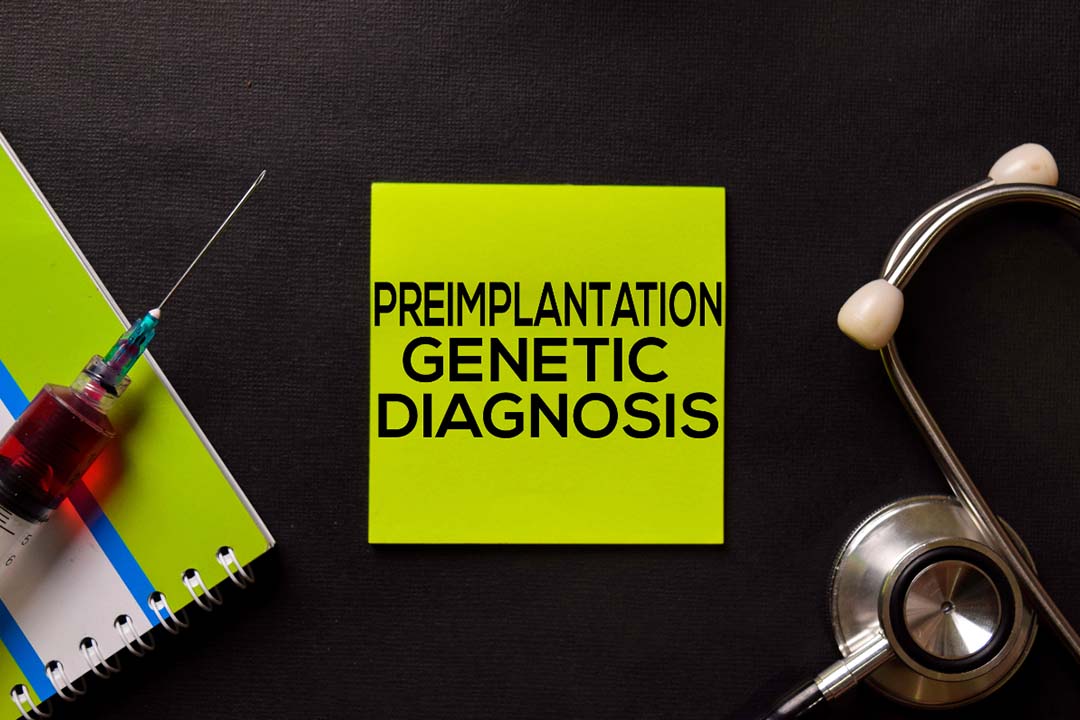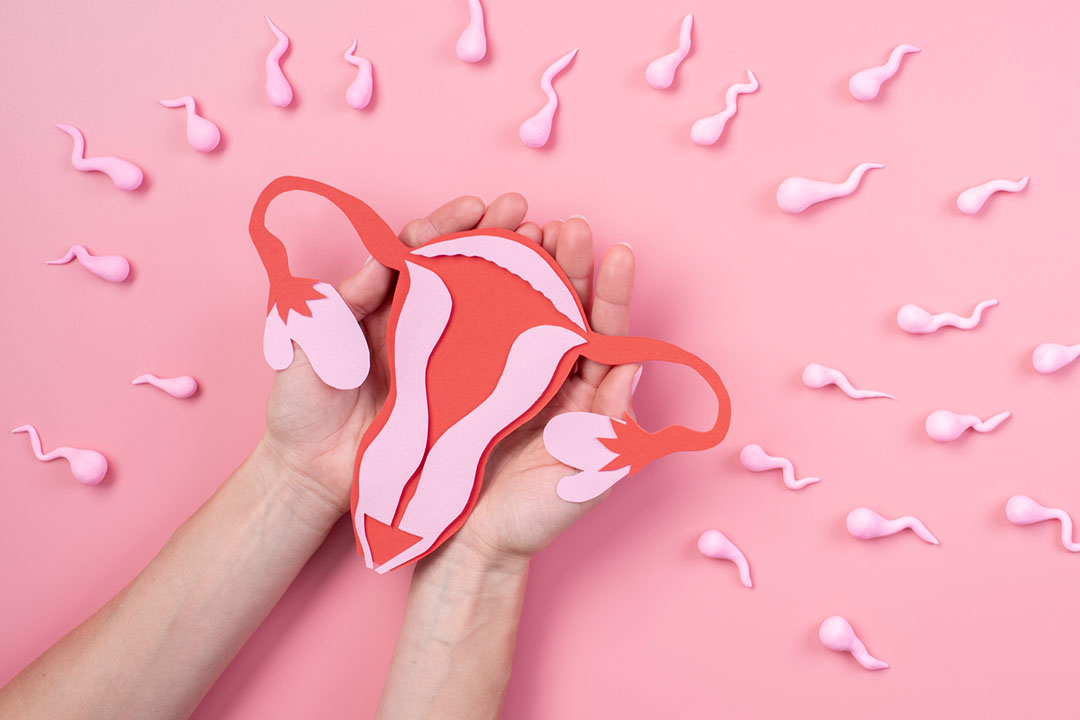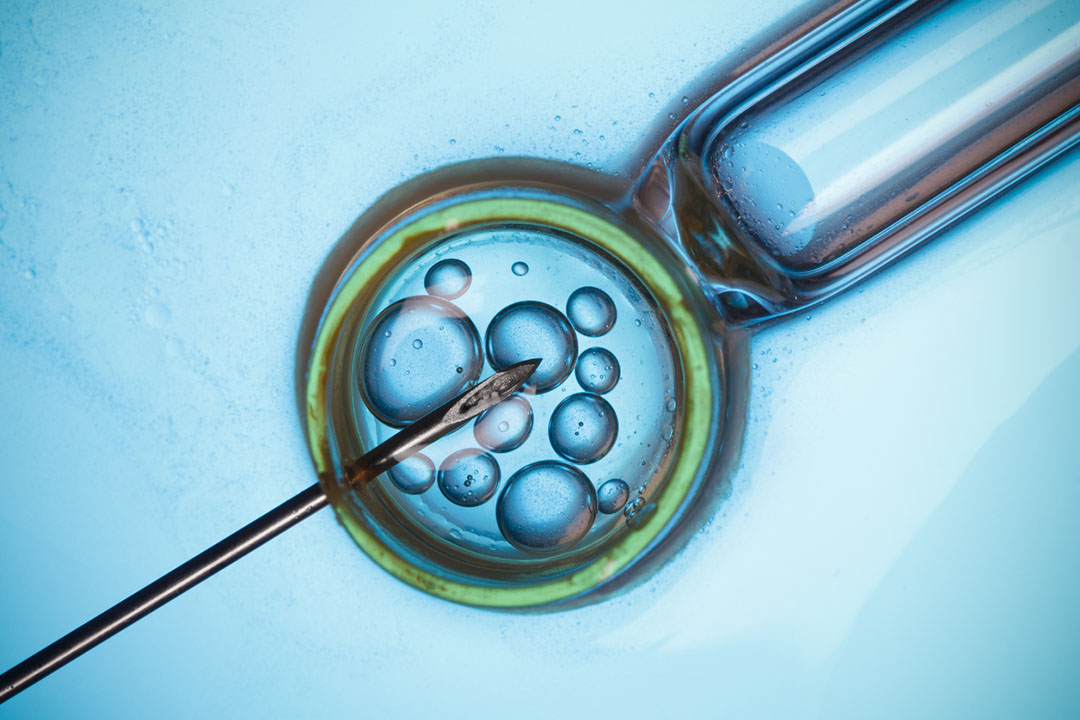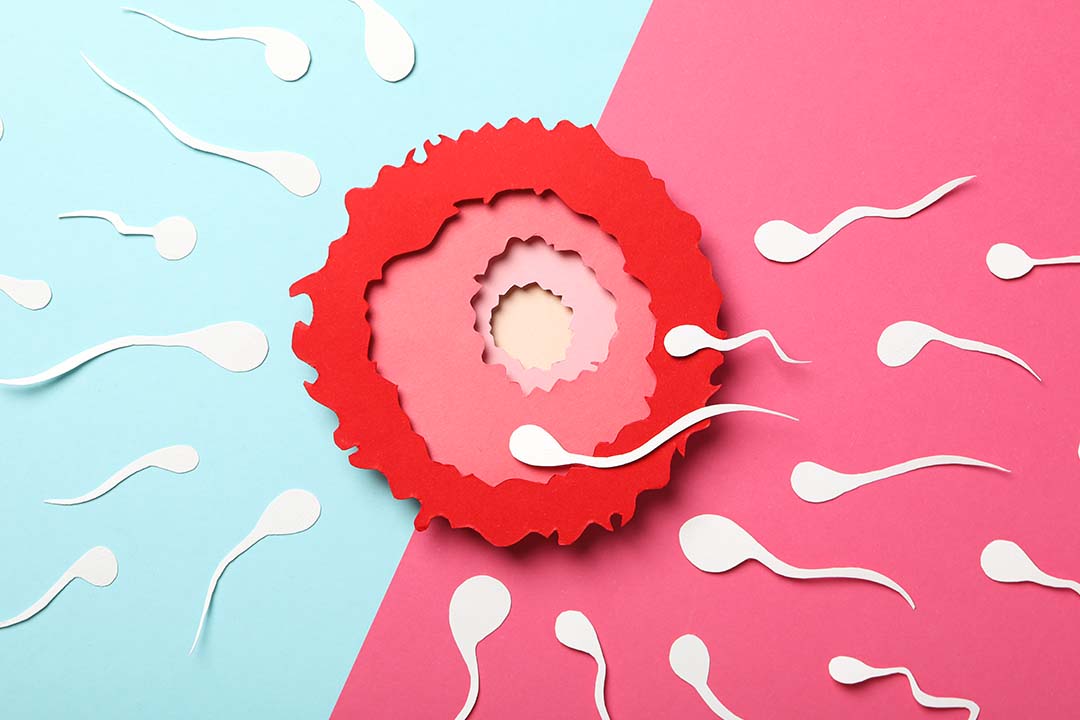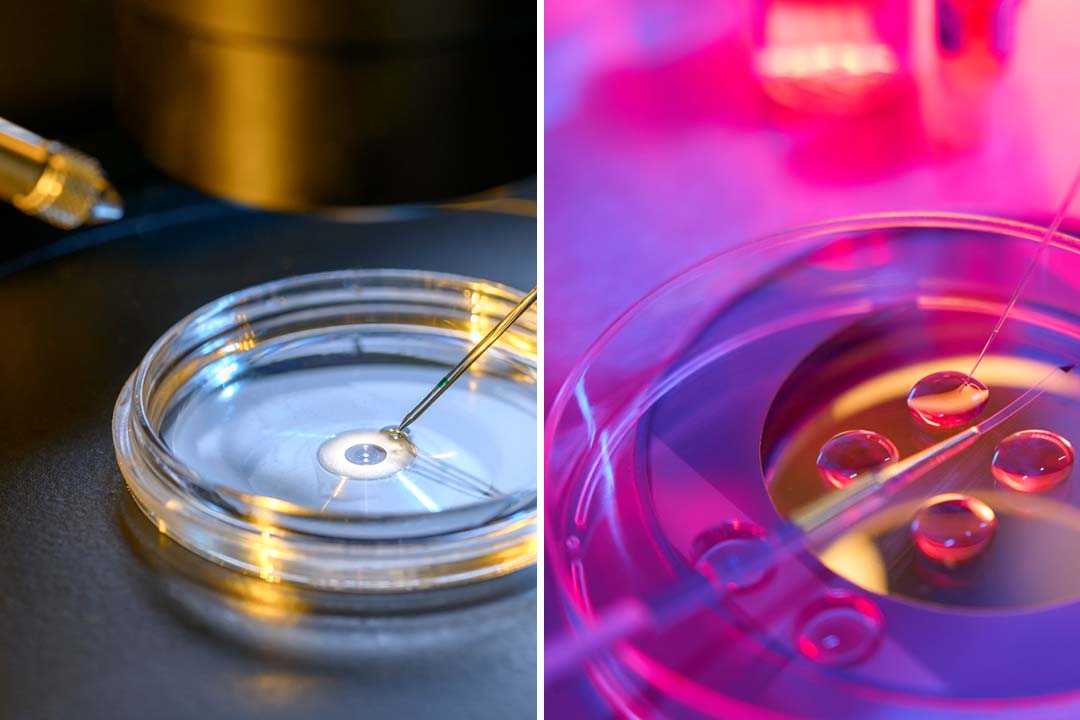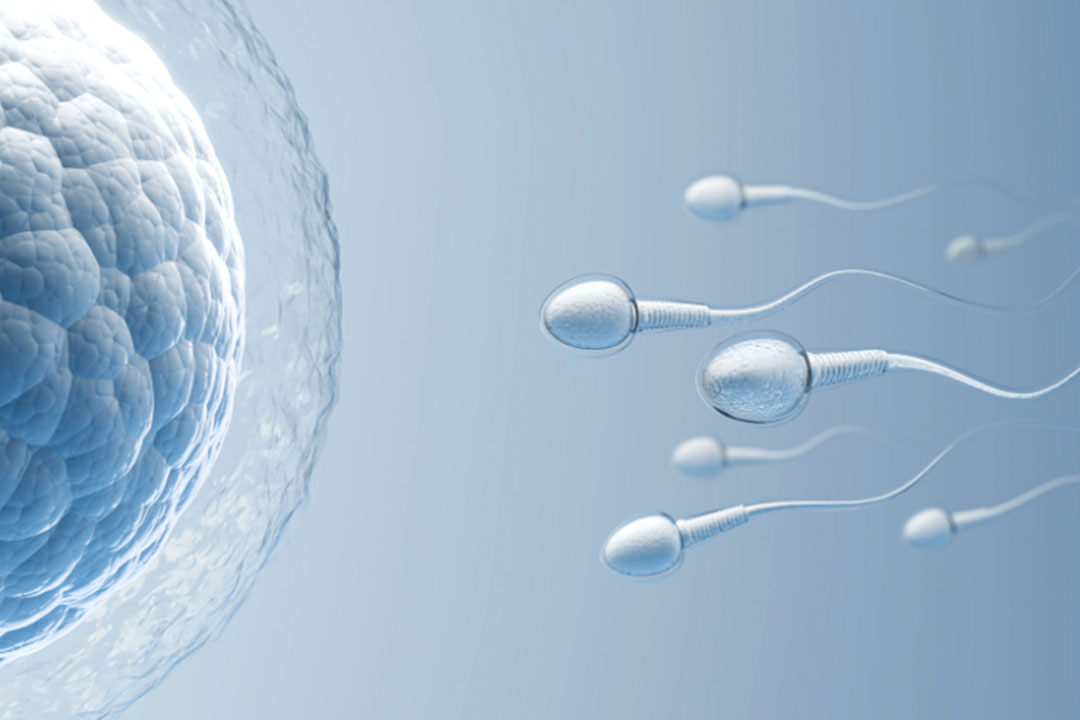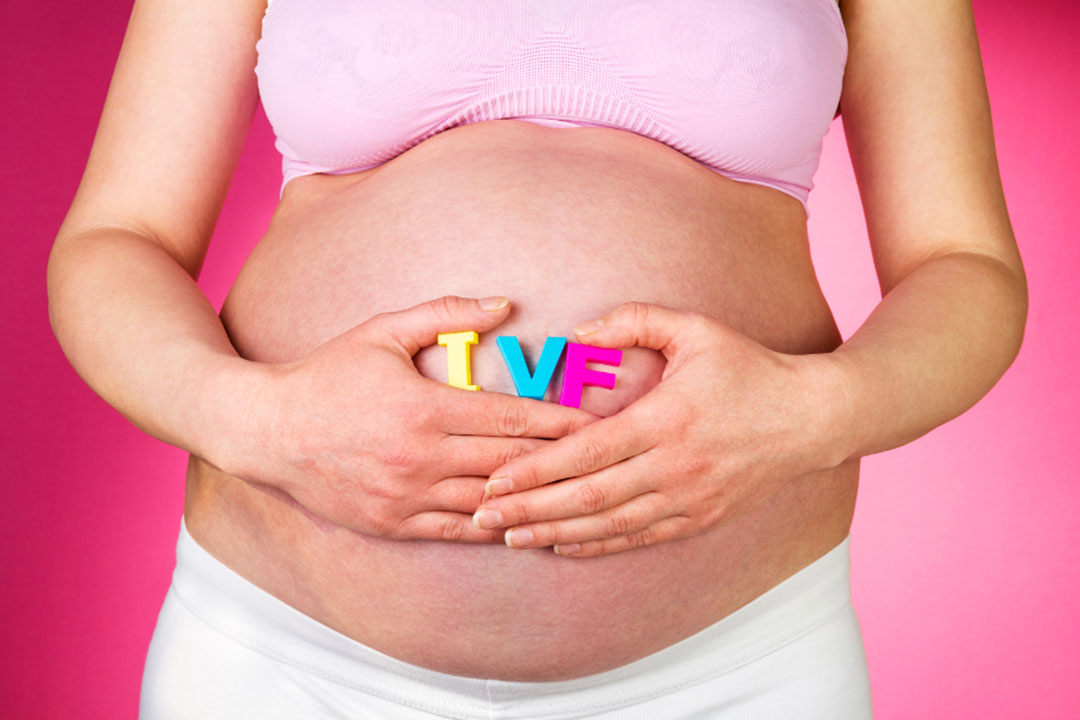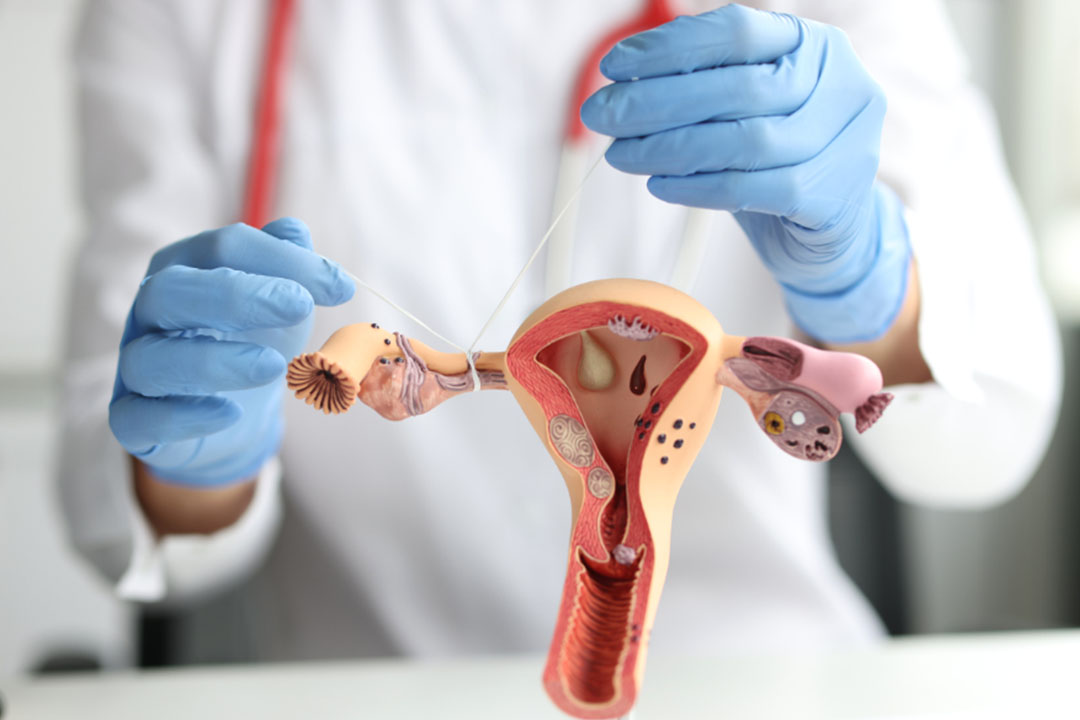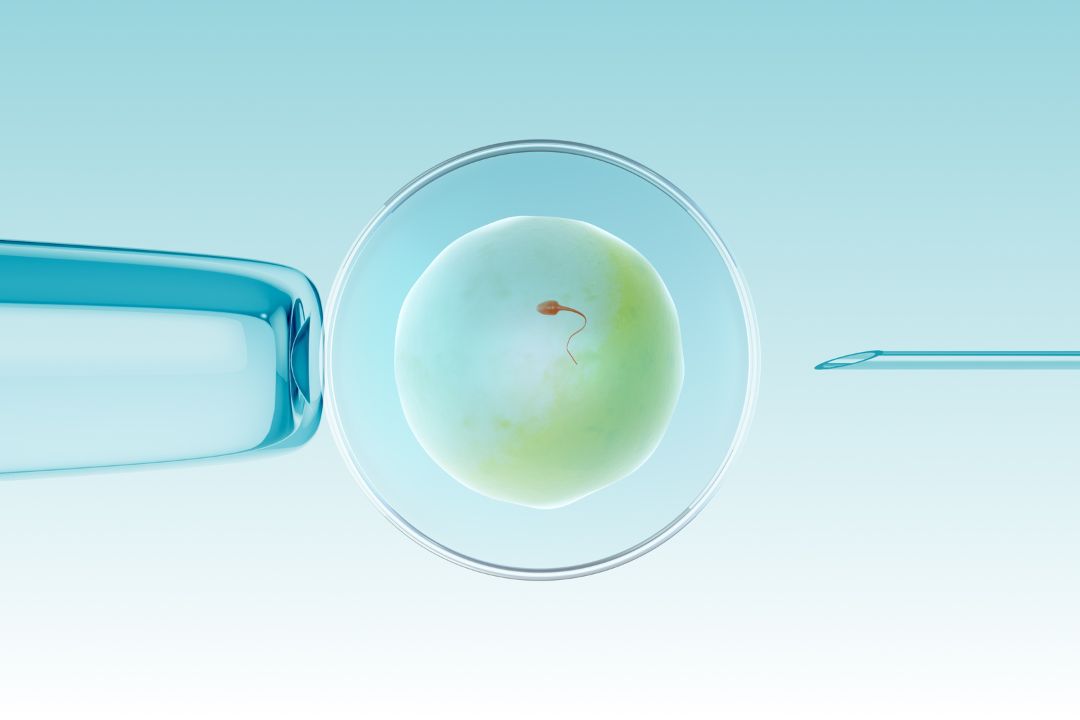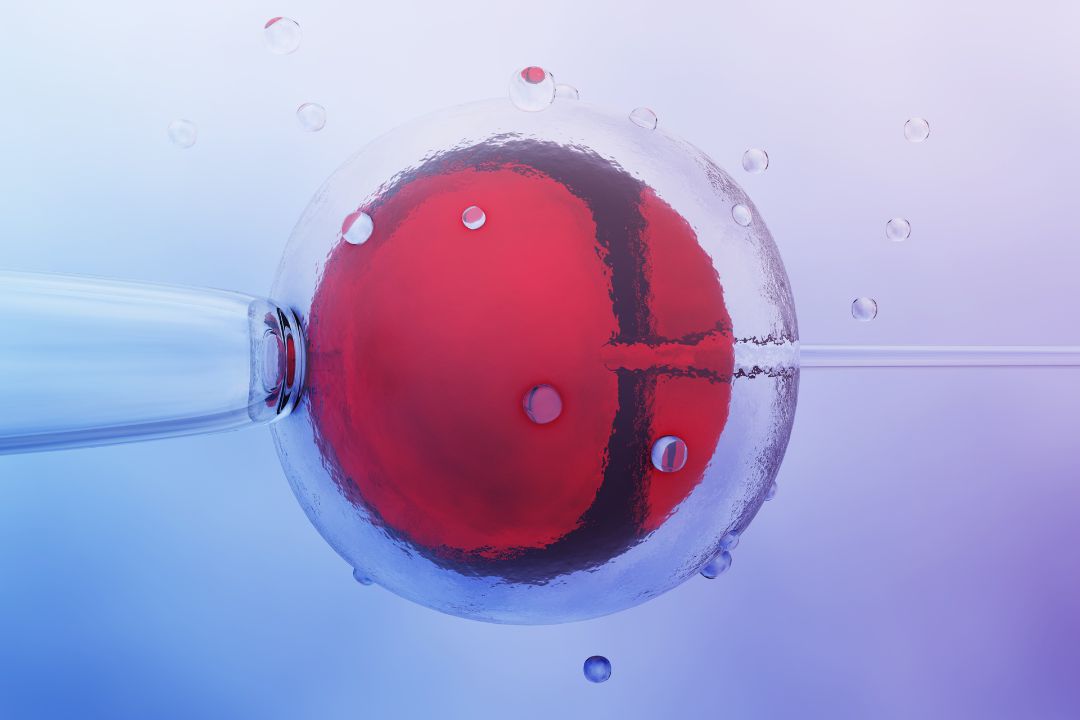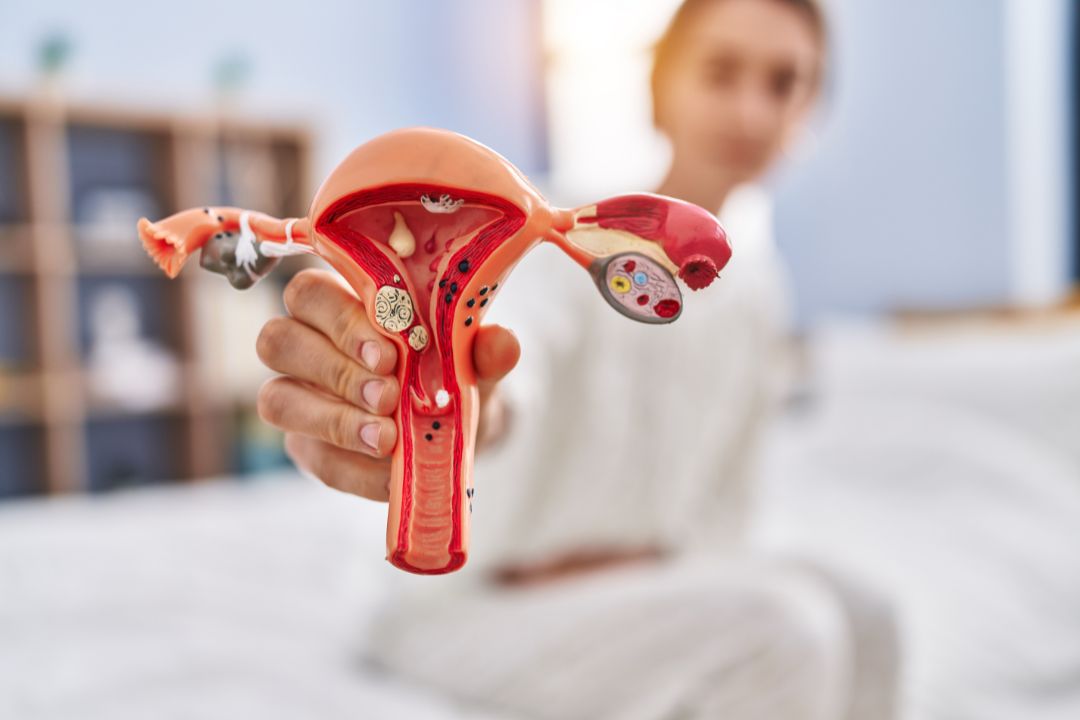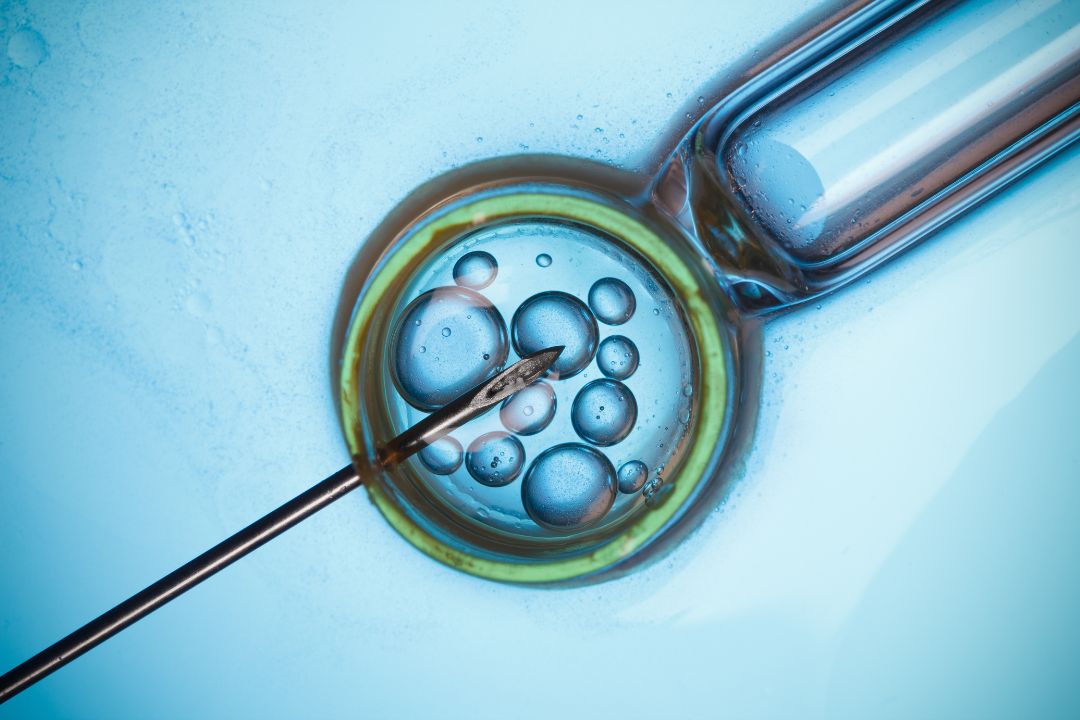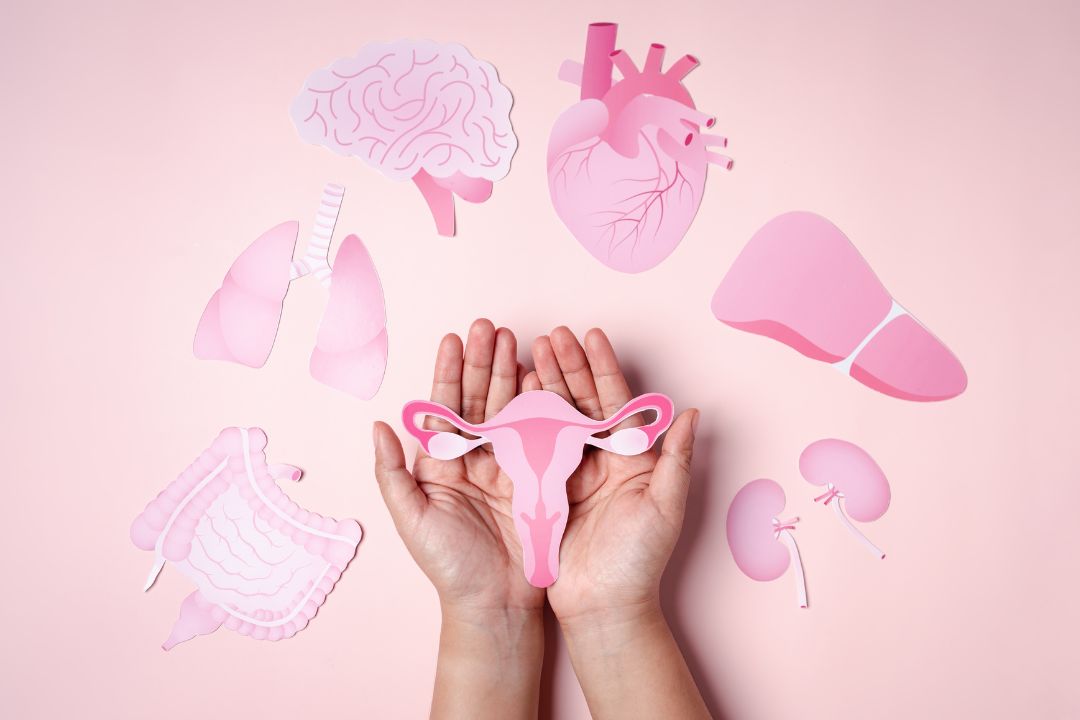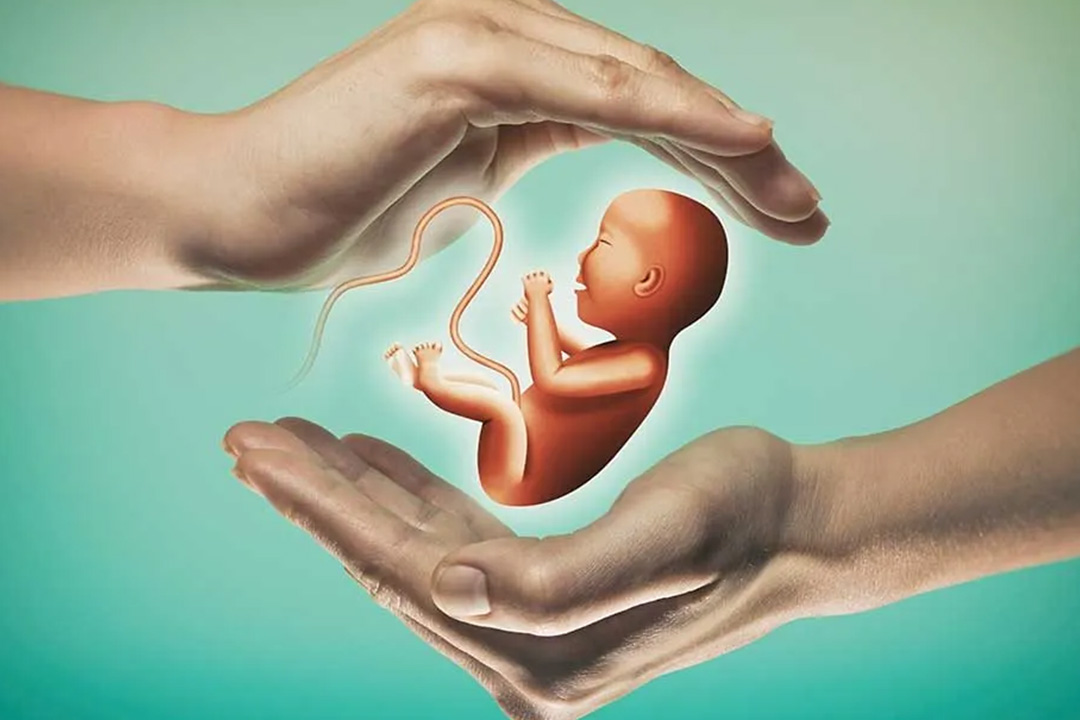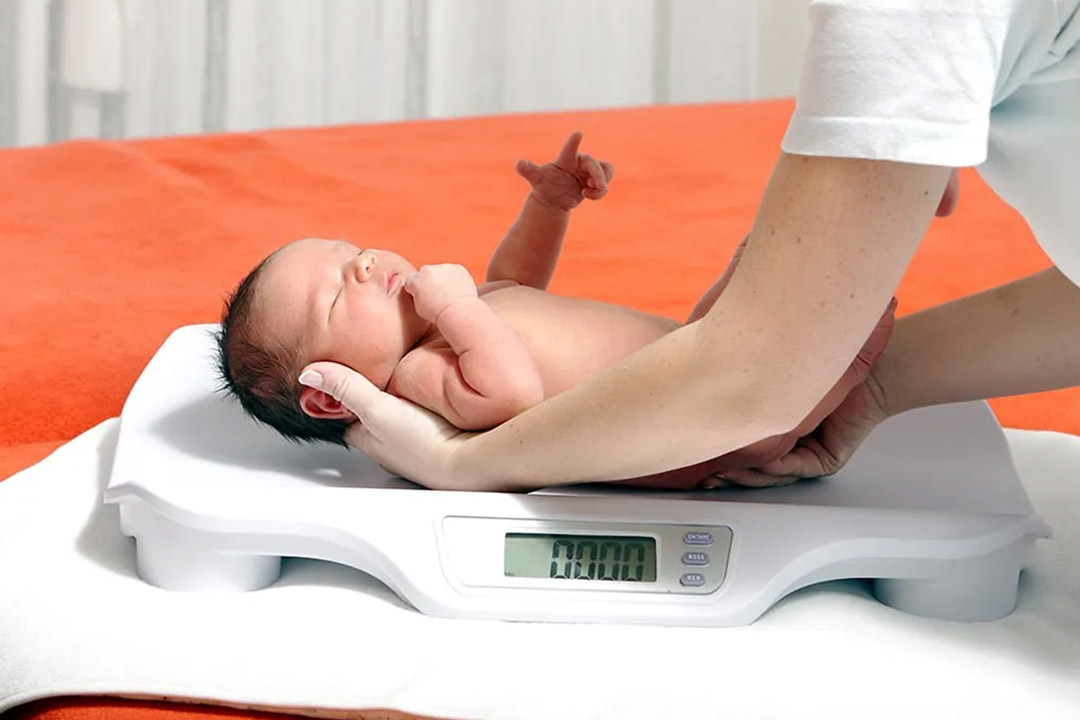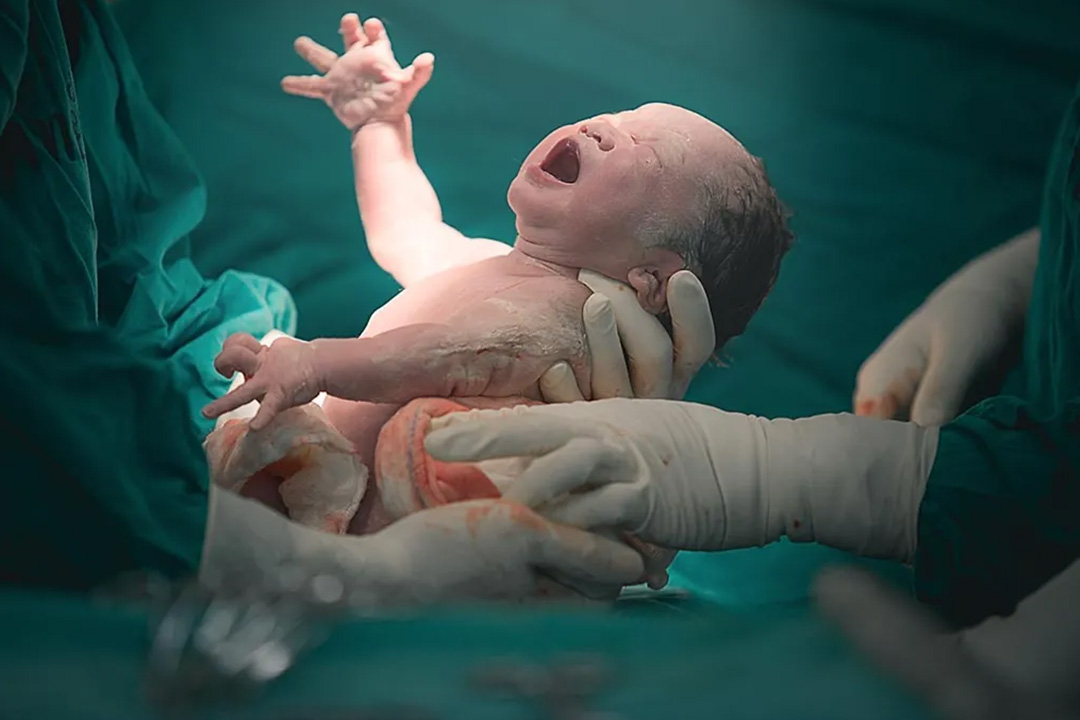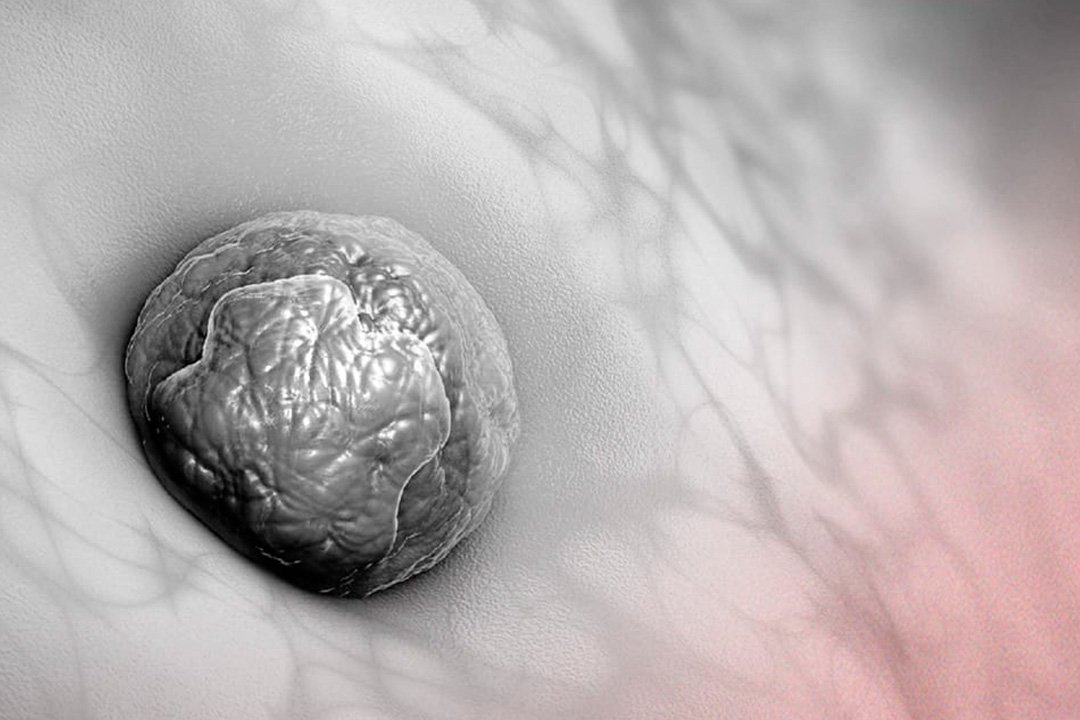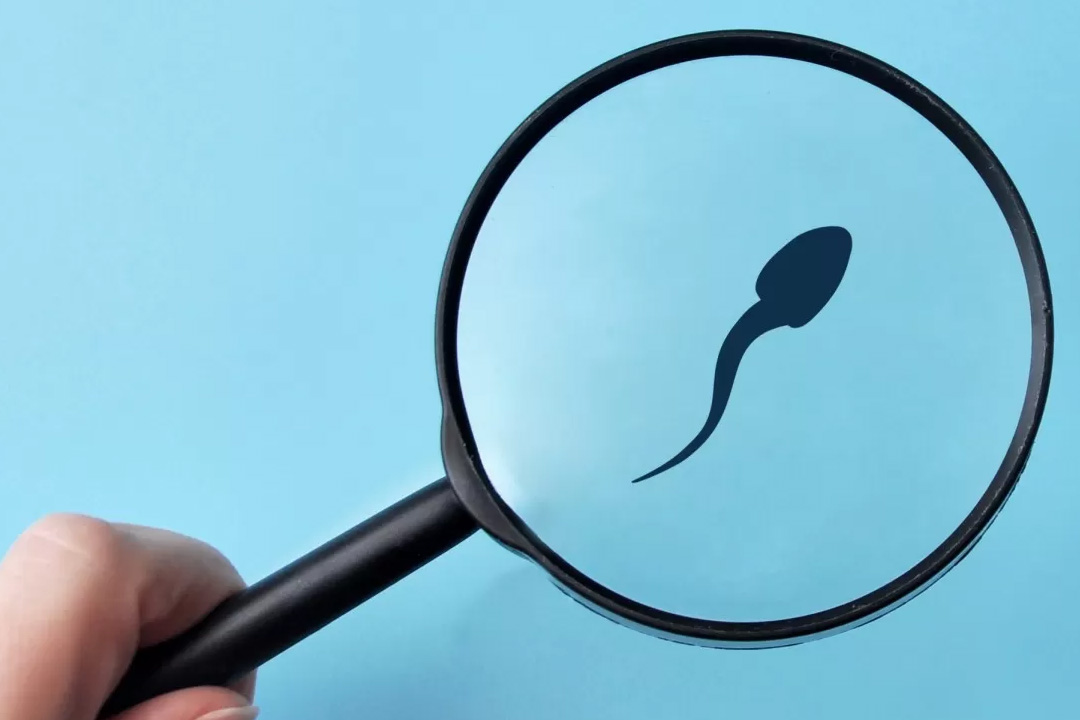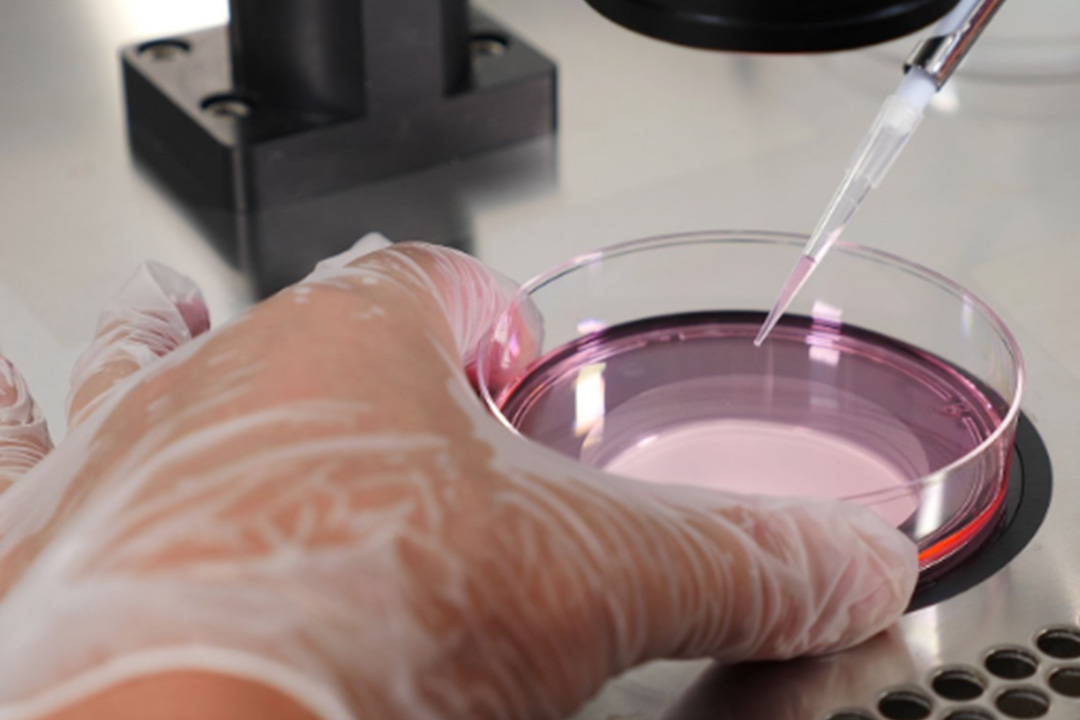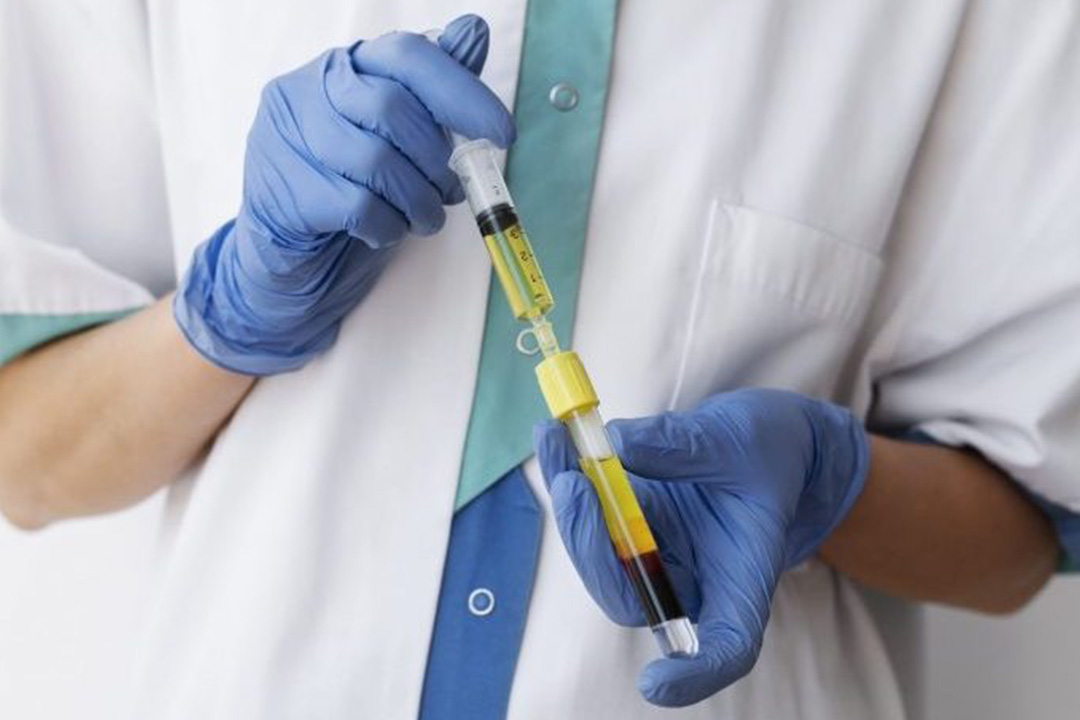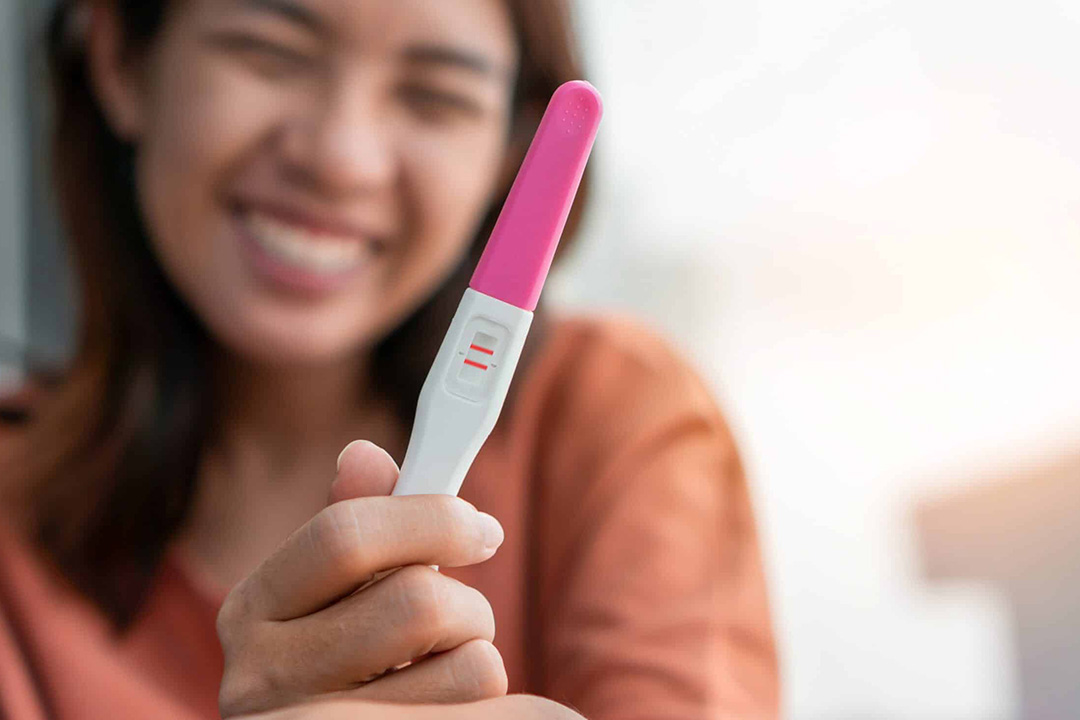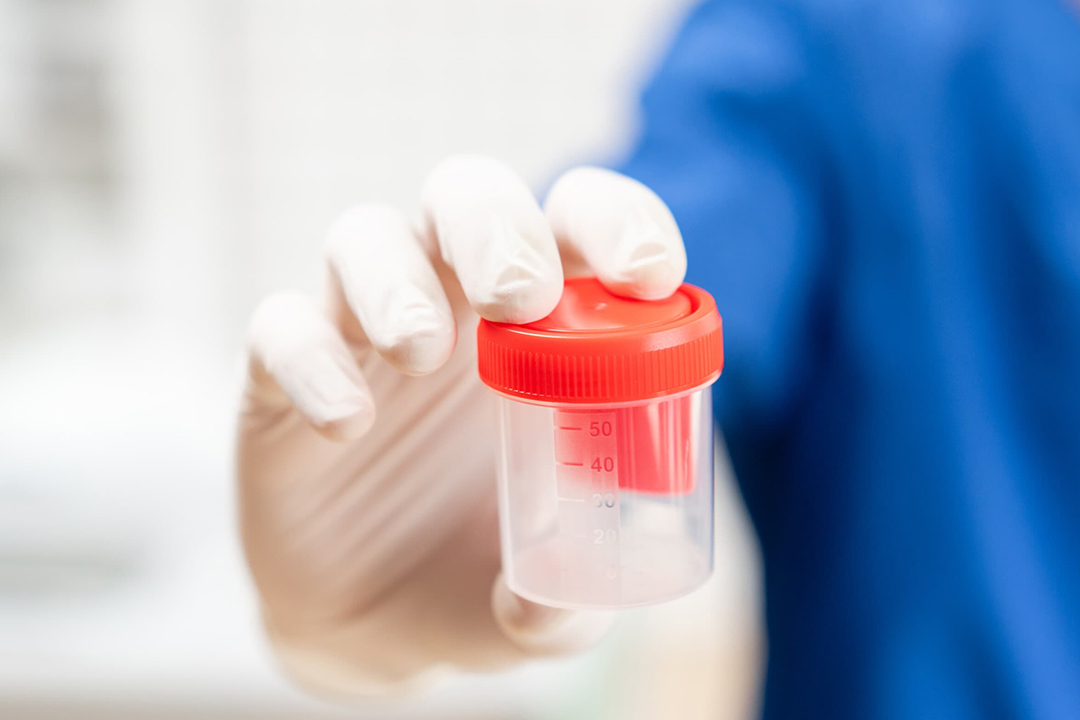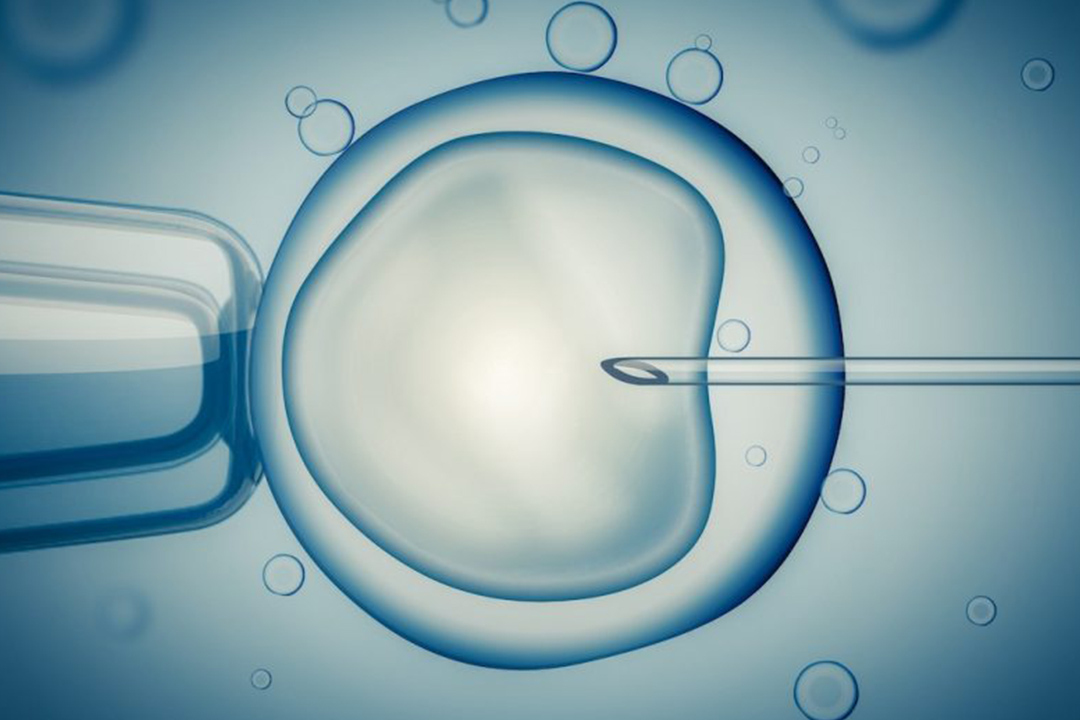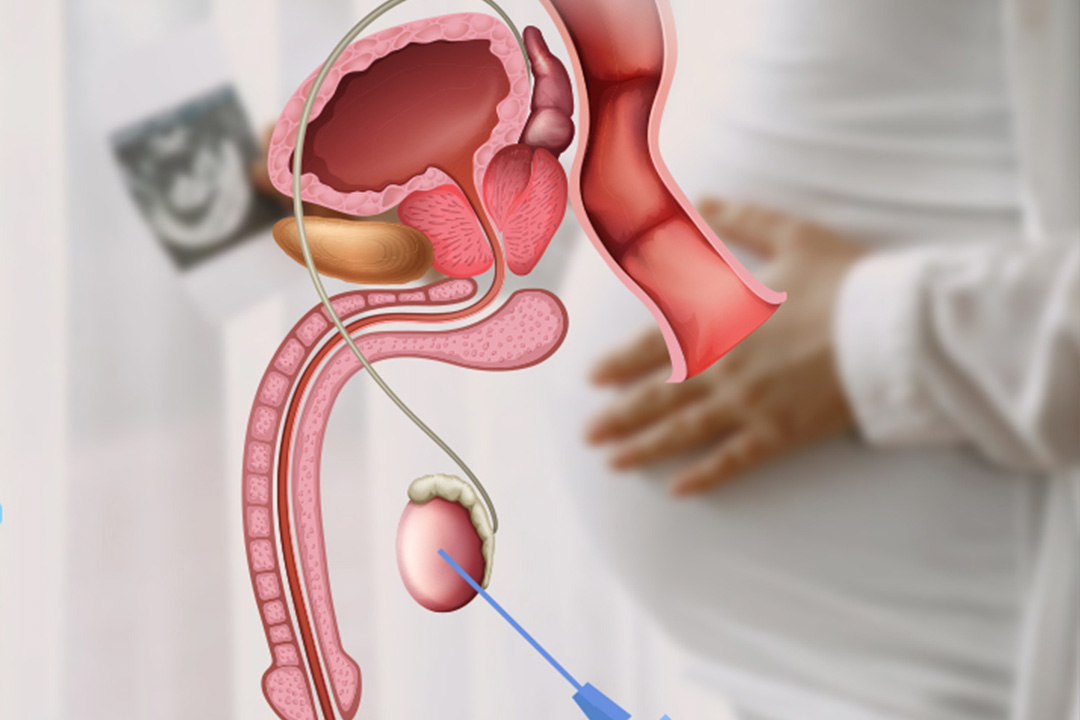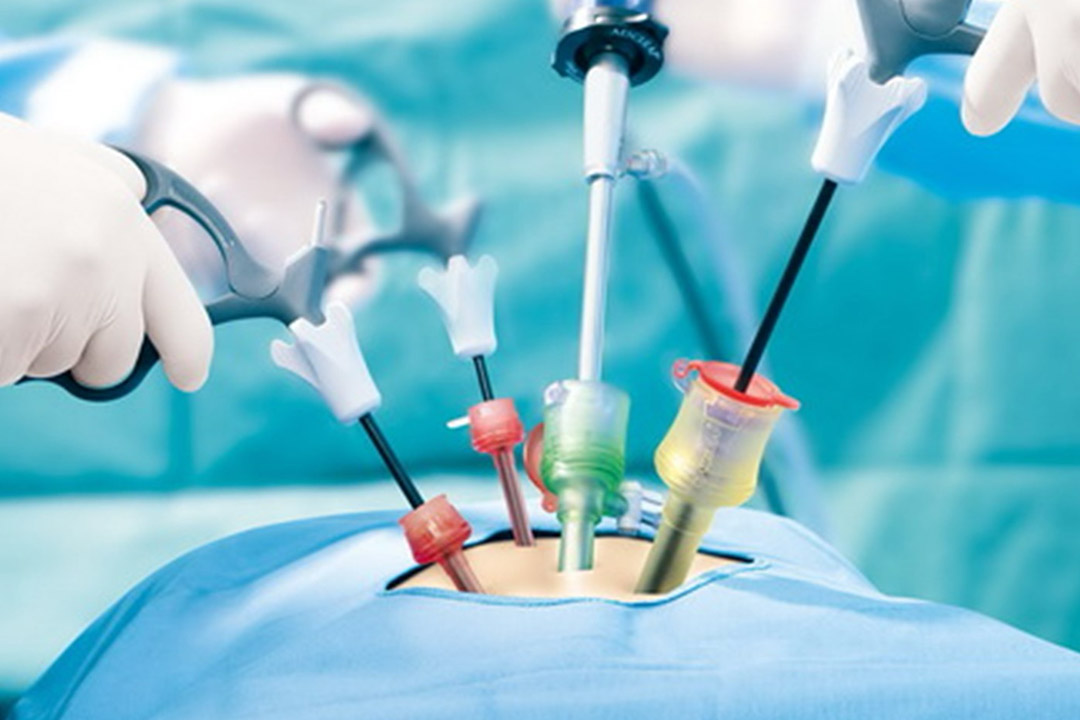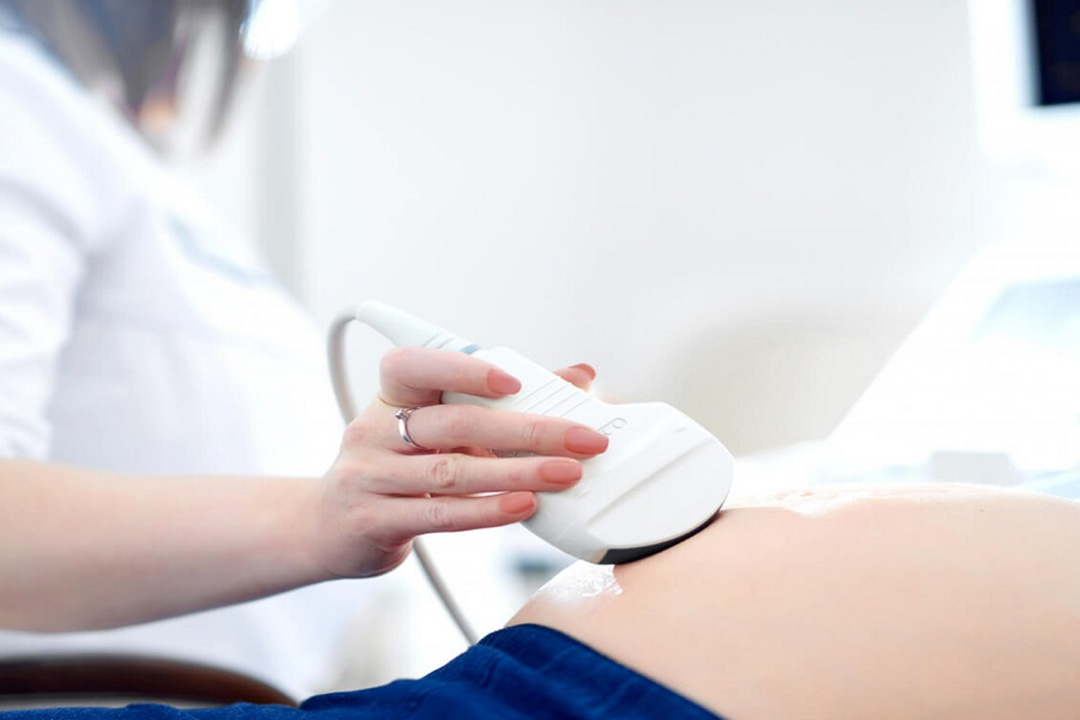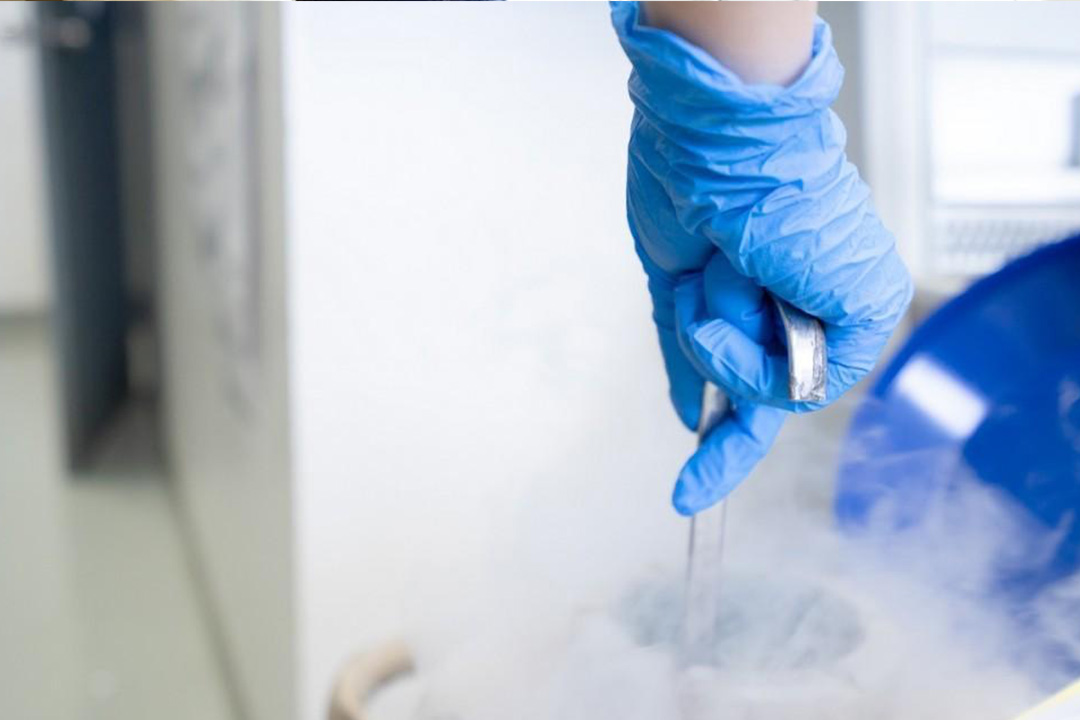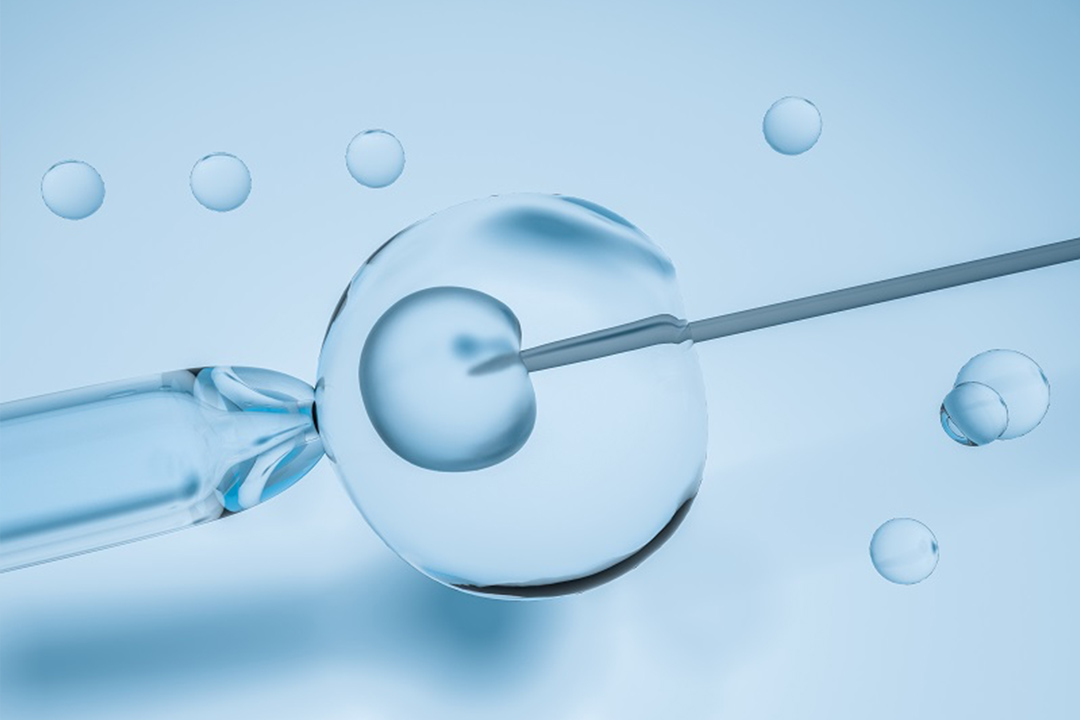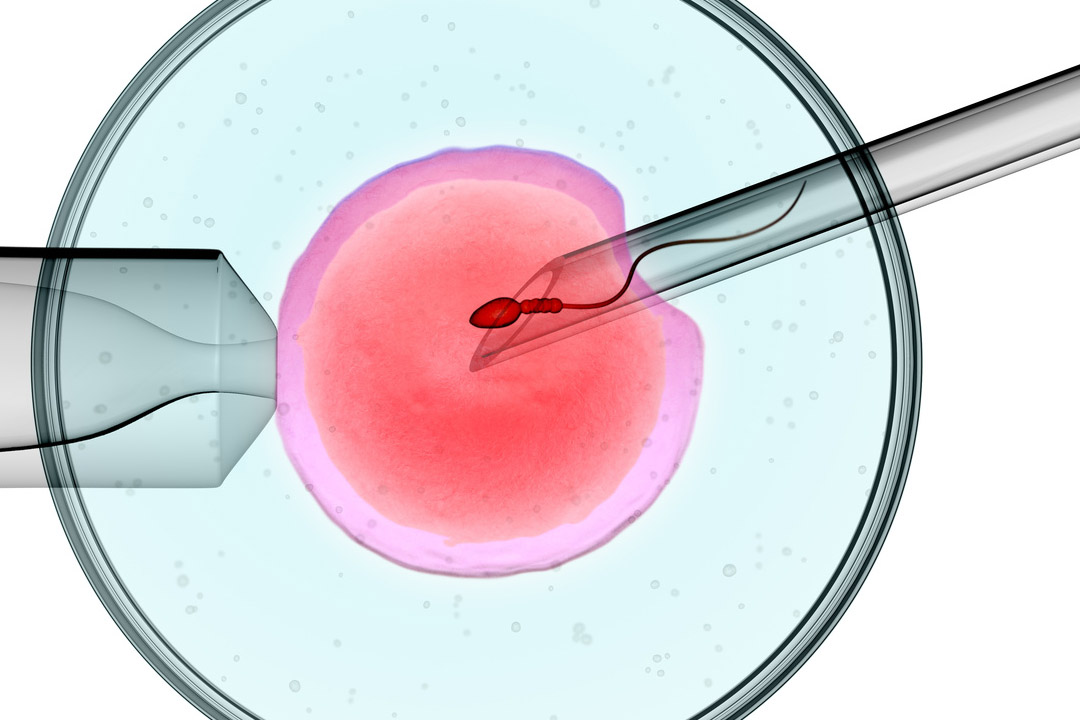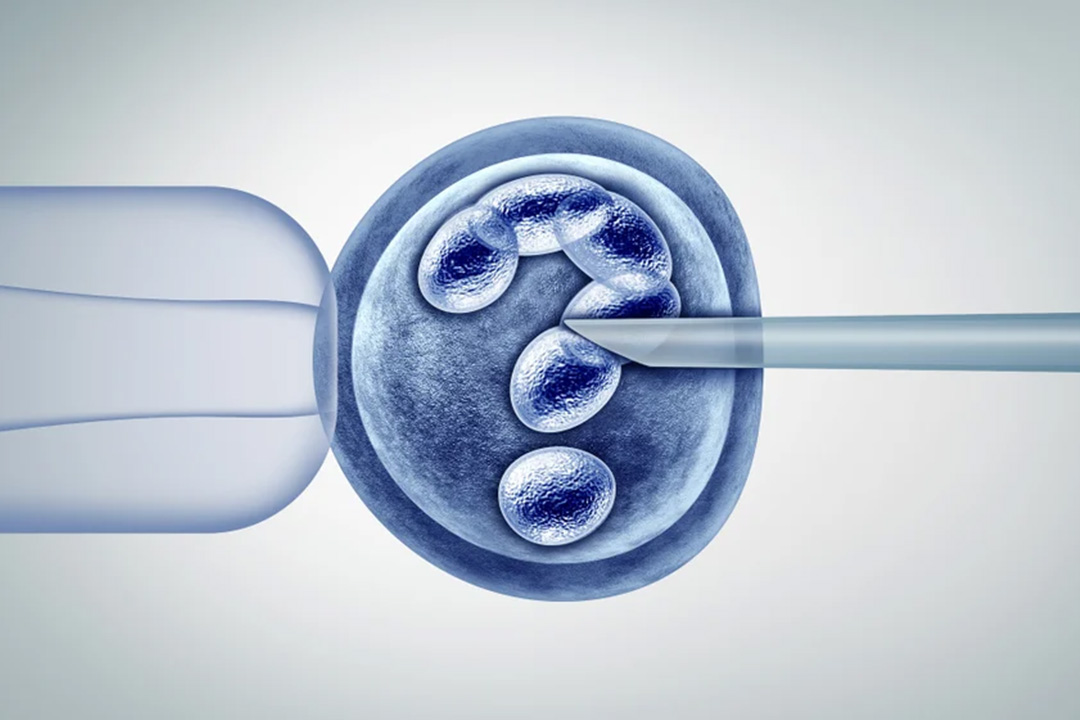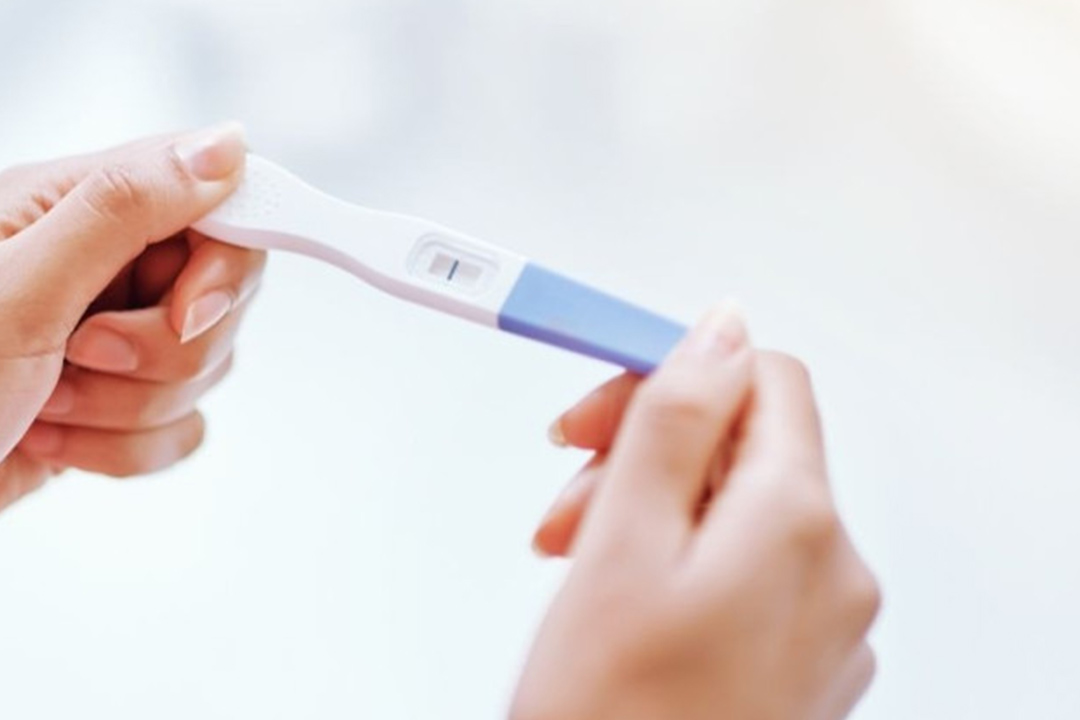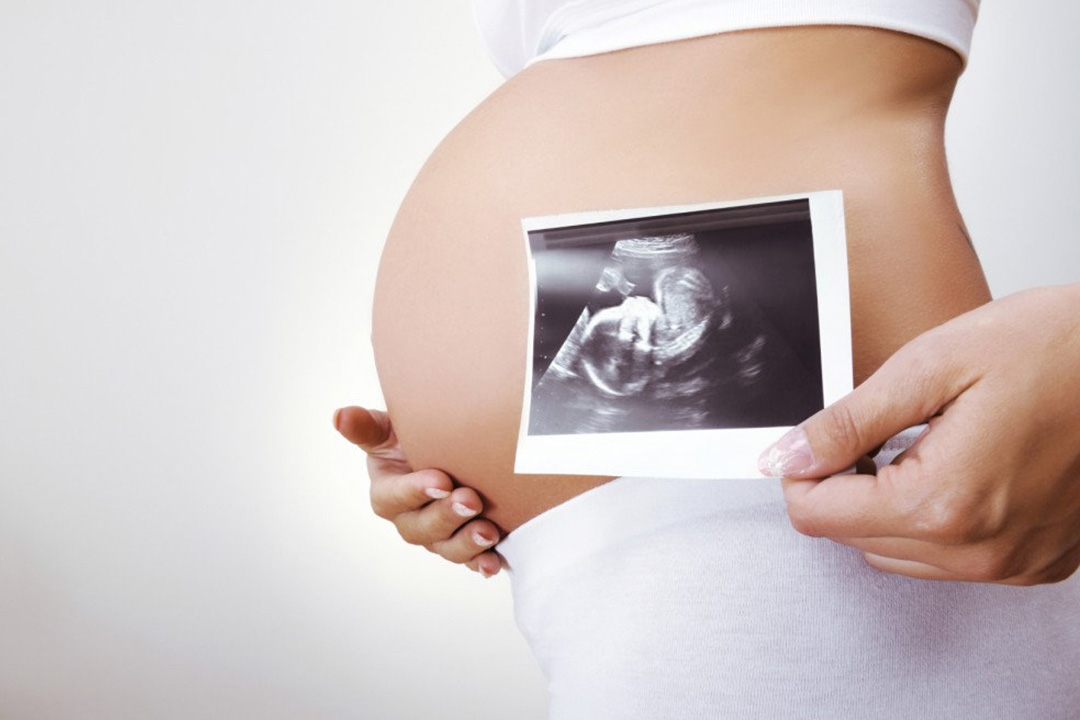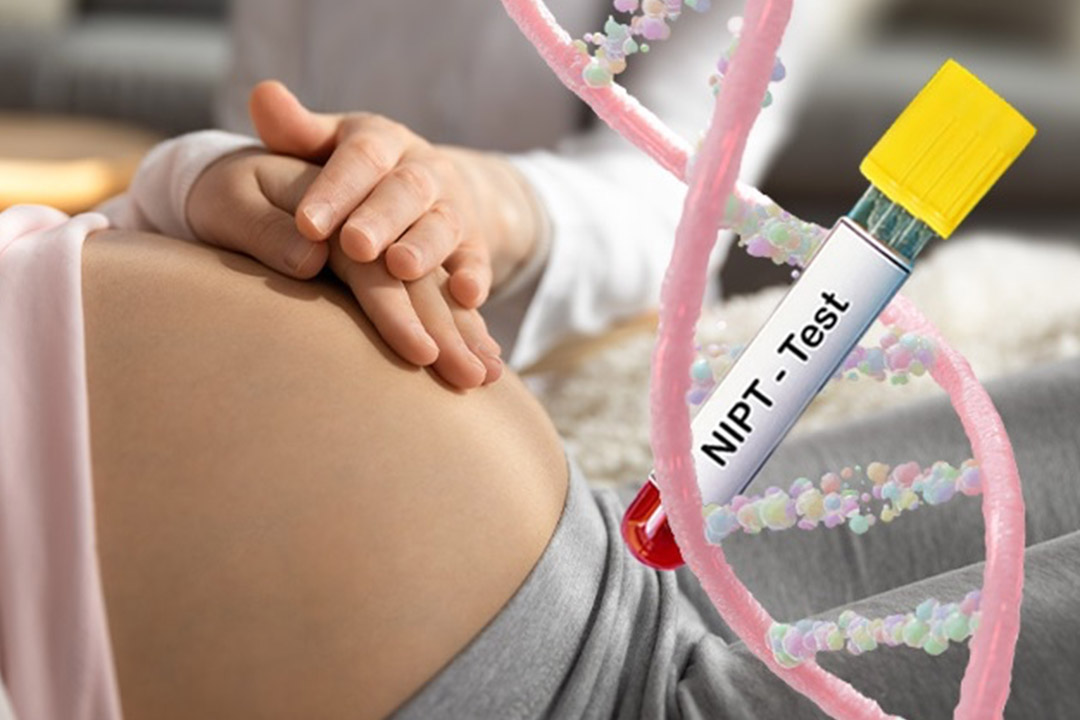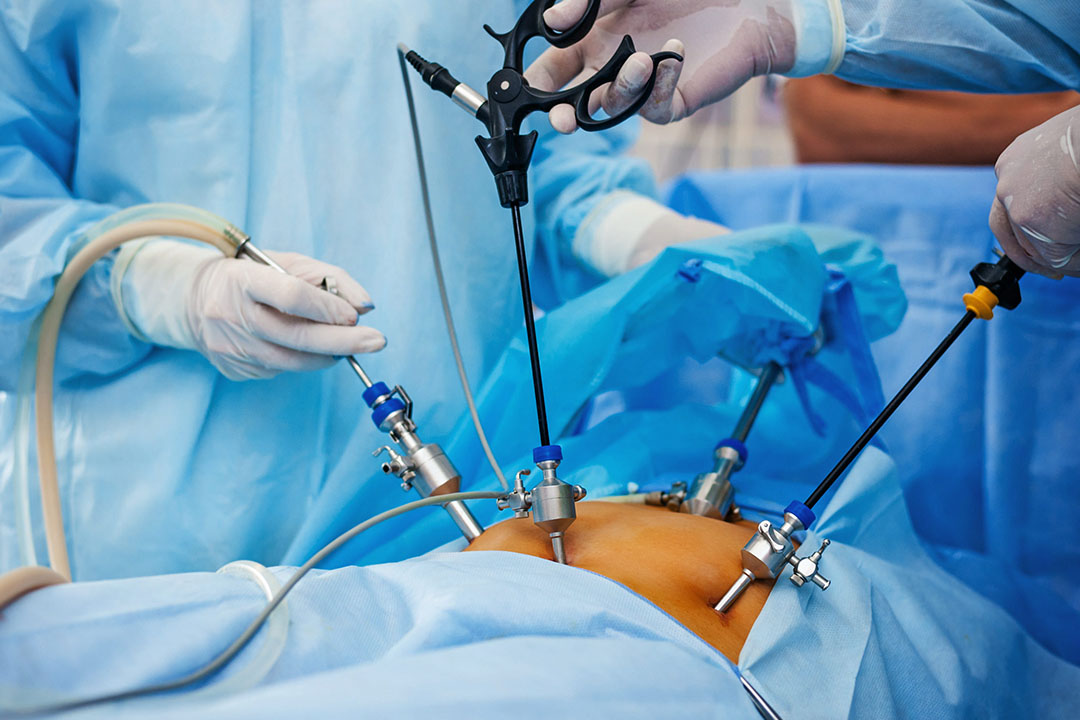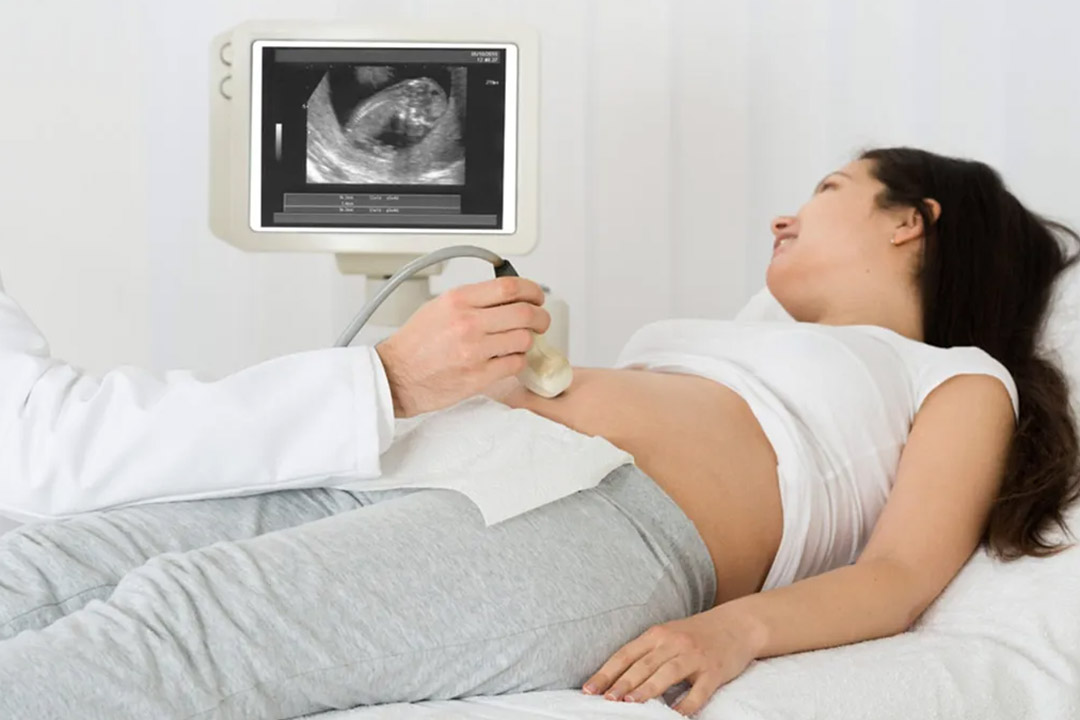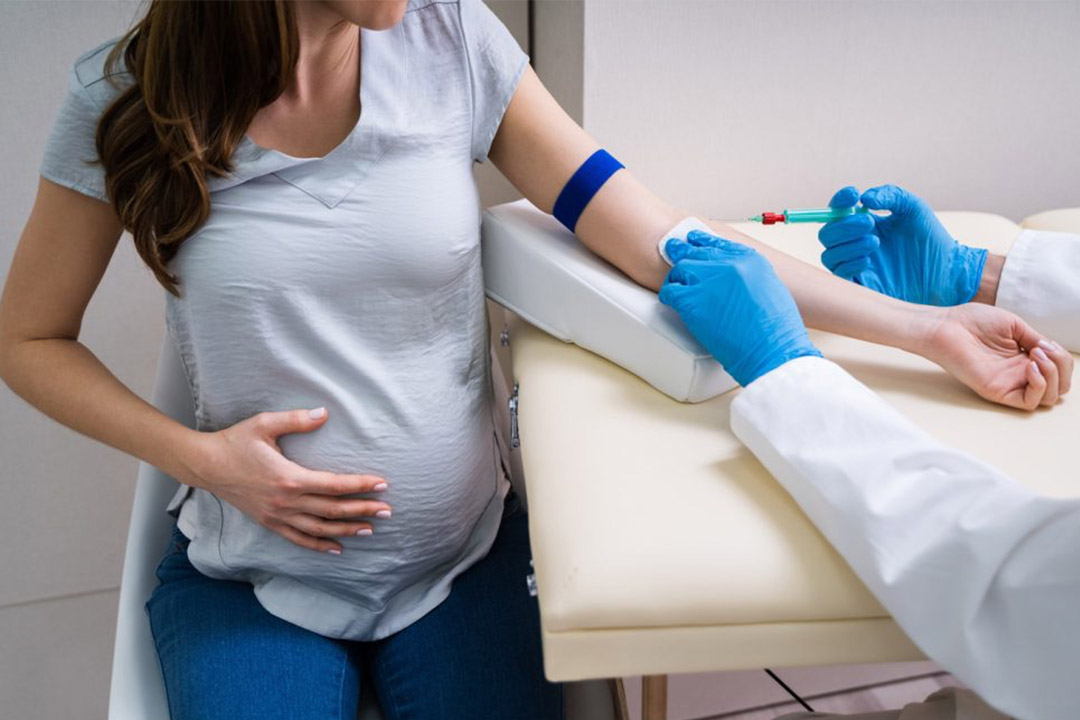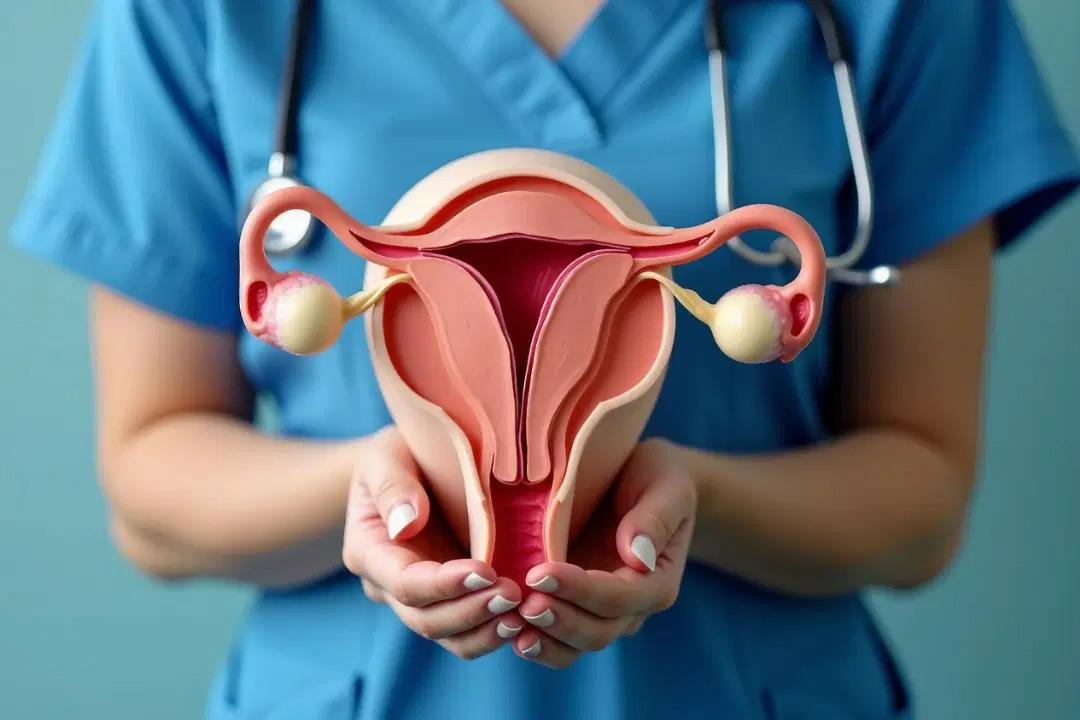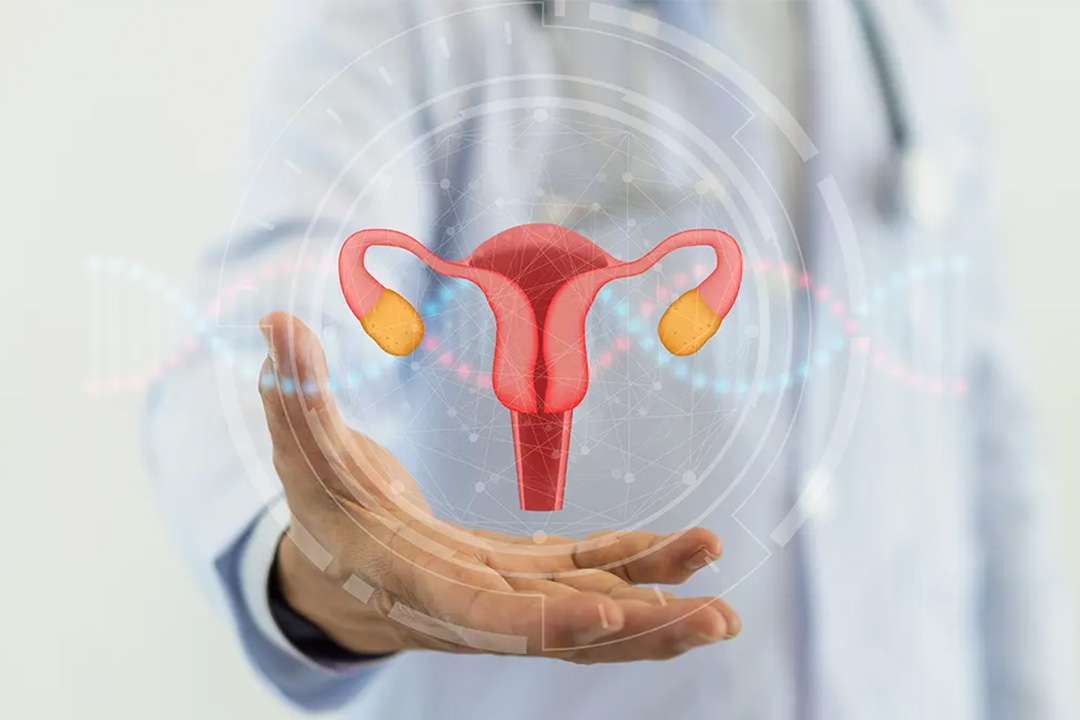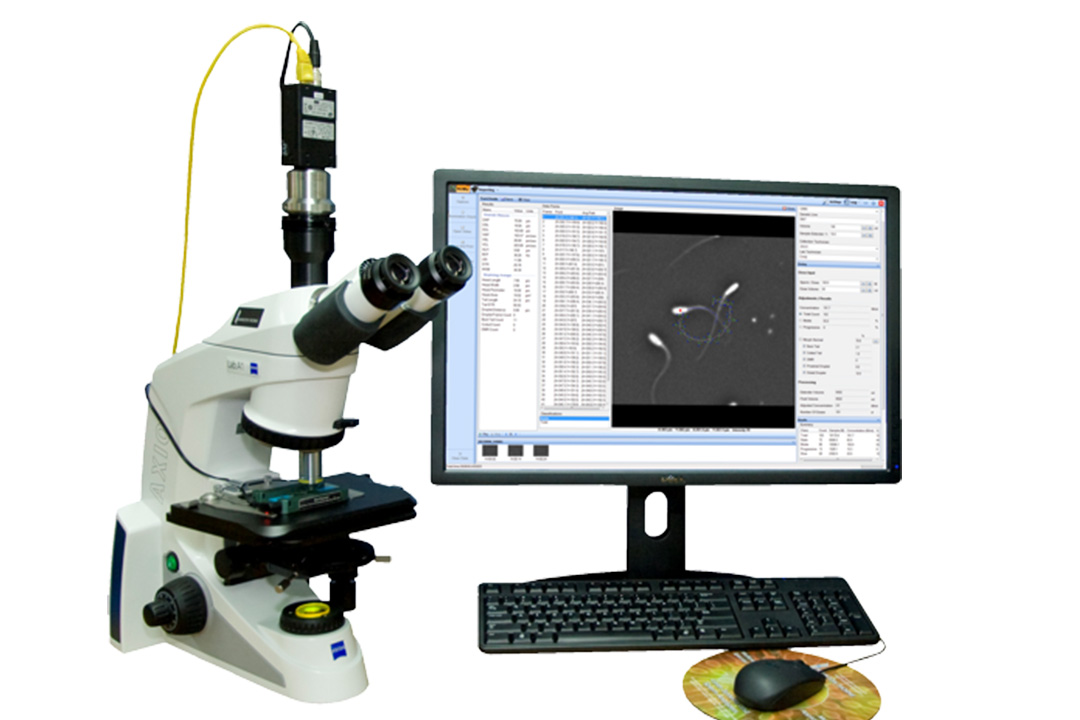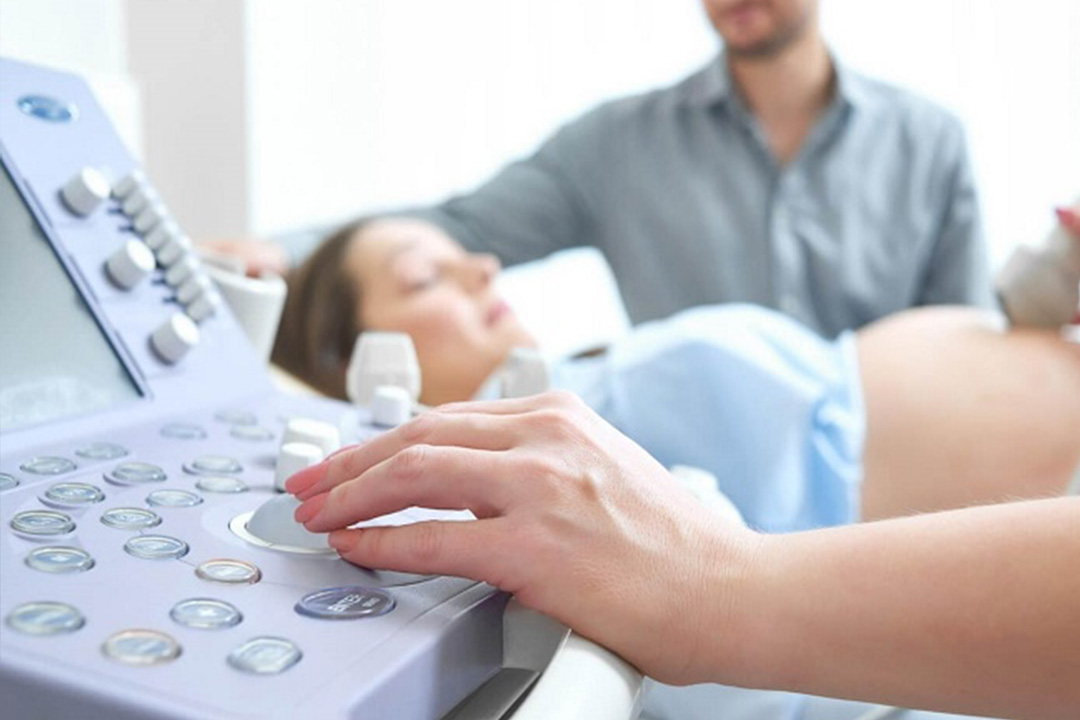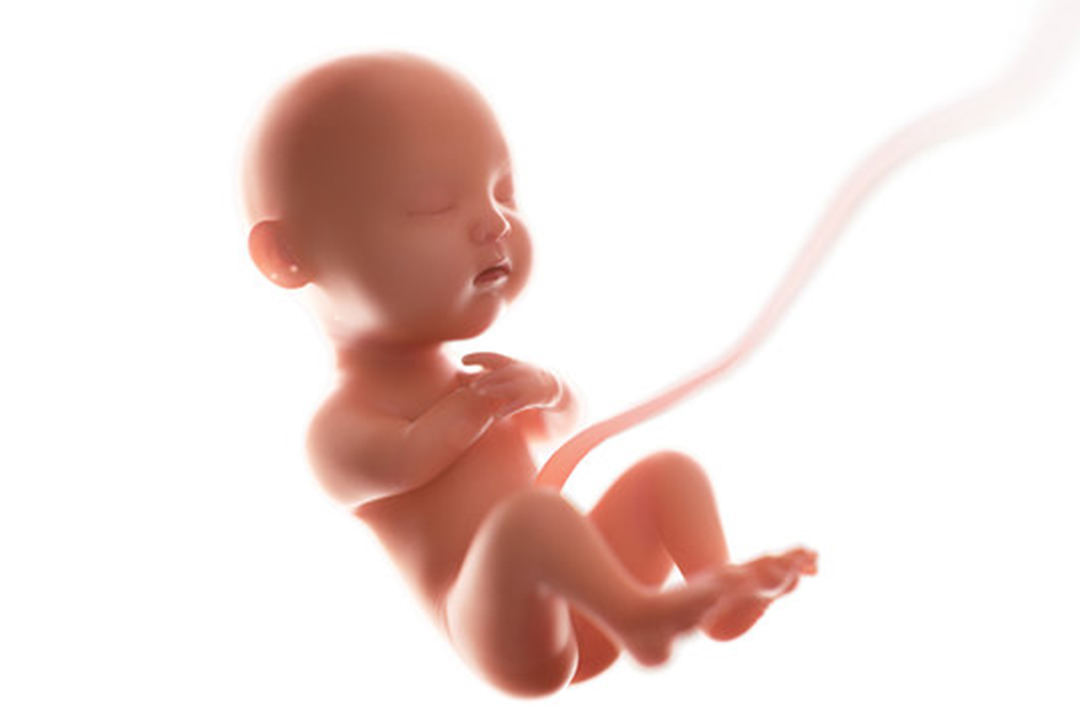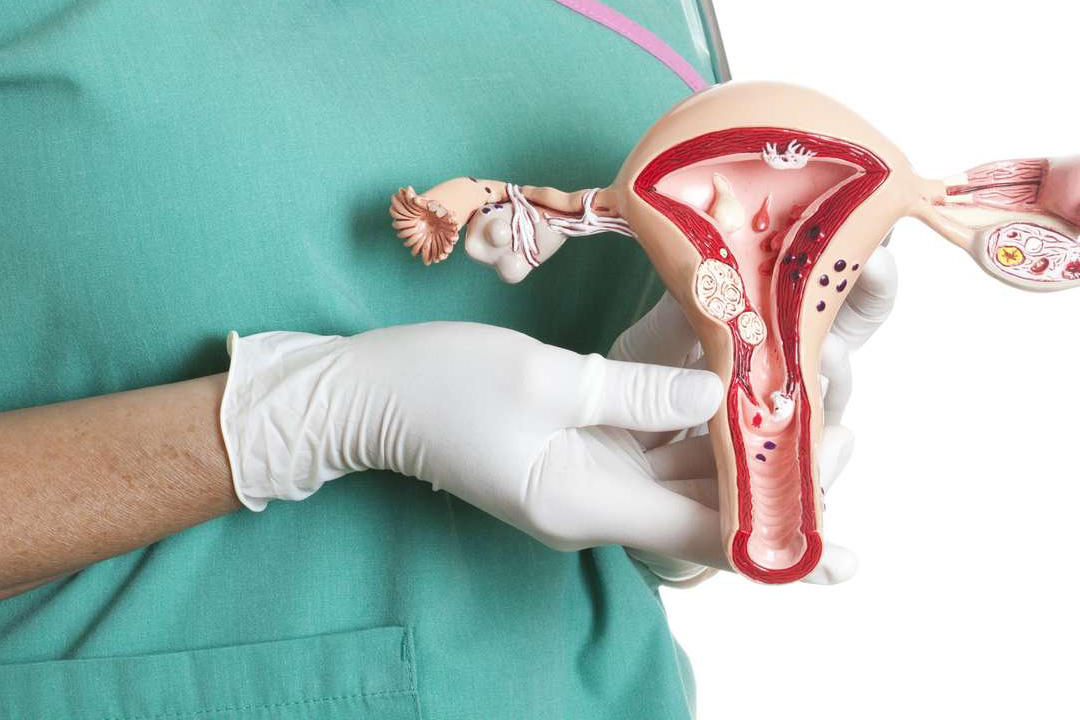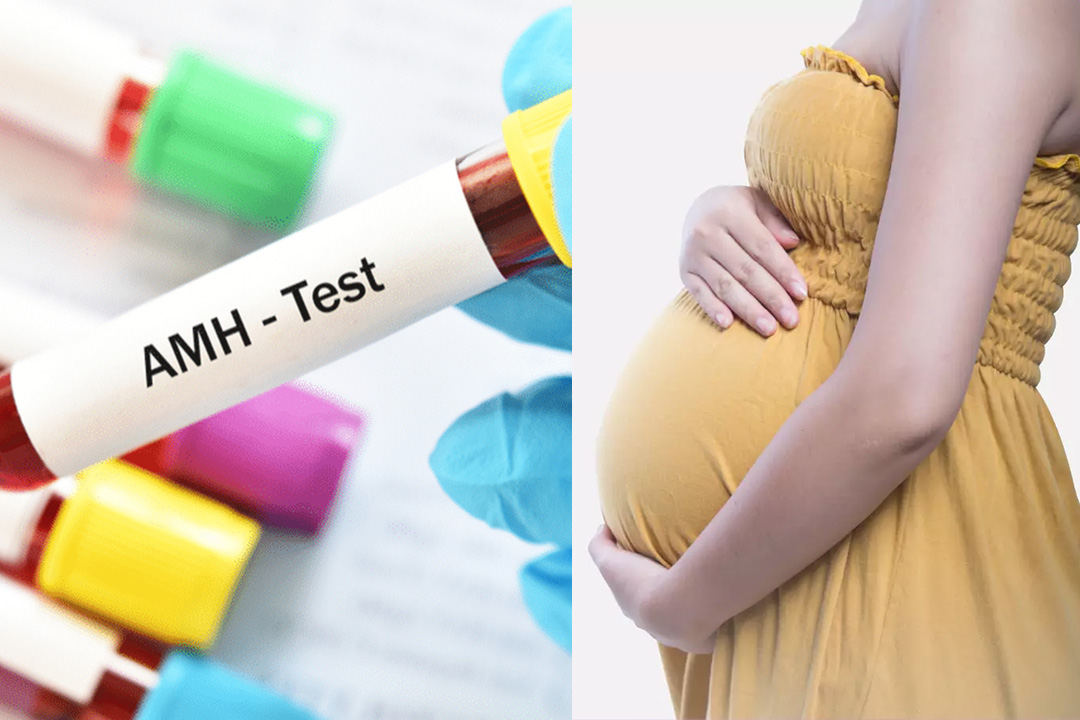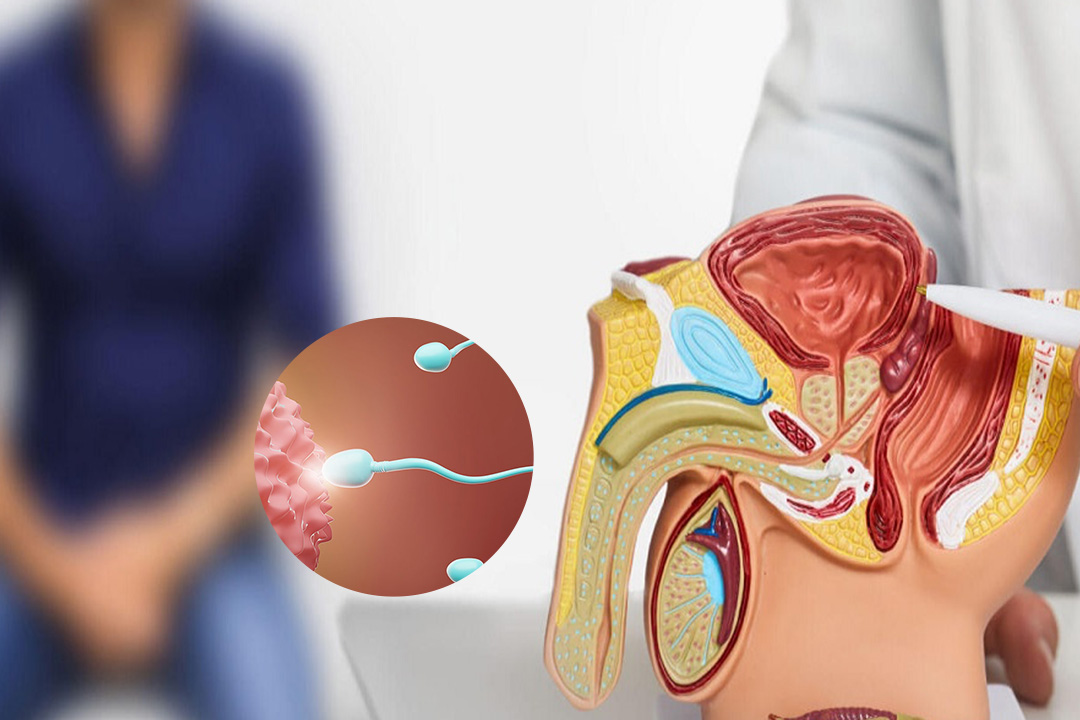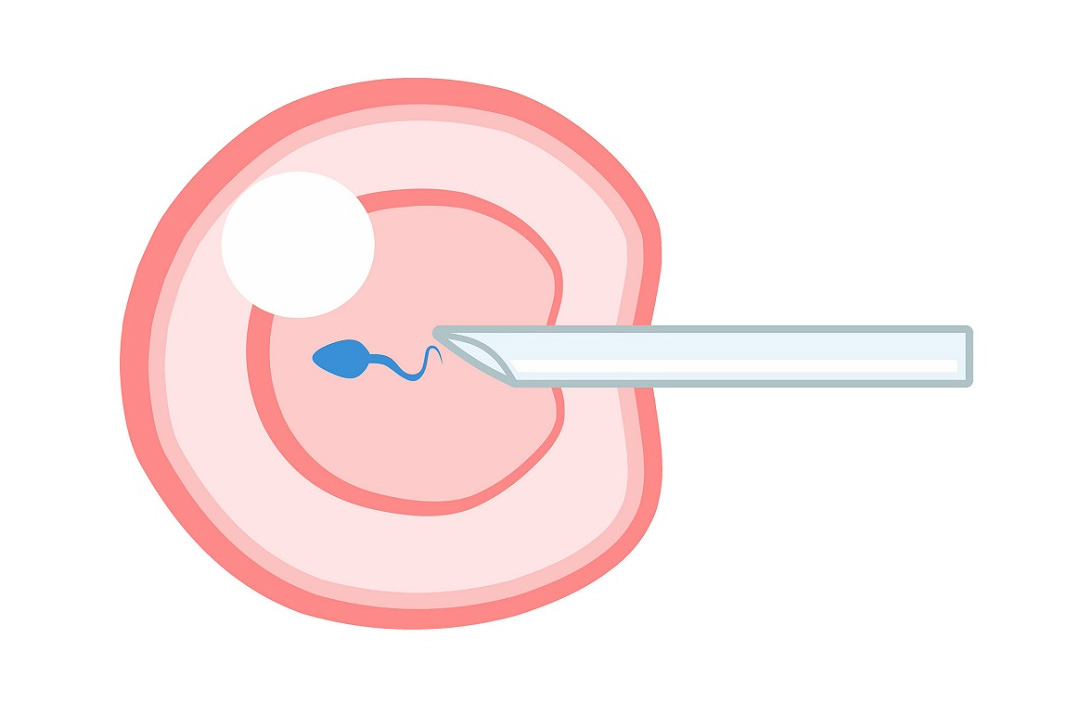Single Embryo Transfer: Everything You Need to Know
For couples building their families through in vitro fertilization (IVF), the choice of how many embryos to transfer can feel overwhelming. Traditional IVF often involved placing two or more embryos into the uterus to boost pregnancy chances.
While this approach did increase the chance of pregnancy, it also raised the risk of twins, triplets, and higher-order pregnancies situations that carry greater risks for both mother and babies.
Over the past decade, advances in embryo culture, genetic testing, and freezing methods have made Single Embryo Transfer (SET) a safe and effective option. SET limits the procedure to transferring only one embryo at a time. It reduces the chance of multiple pregnancies while maintaining high live birth rates.
This article explains what SET is, reviews its success rates, describes the technology behind it, and offers guidance on when and how to choose SET in your IVF journey.
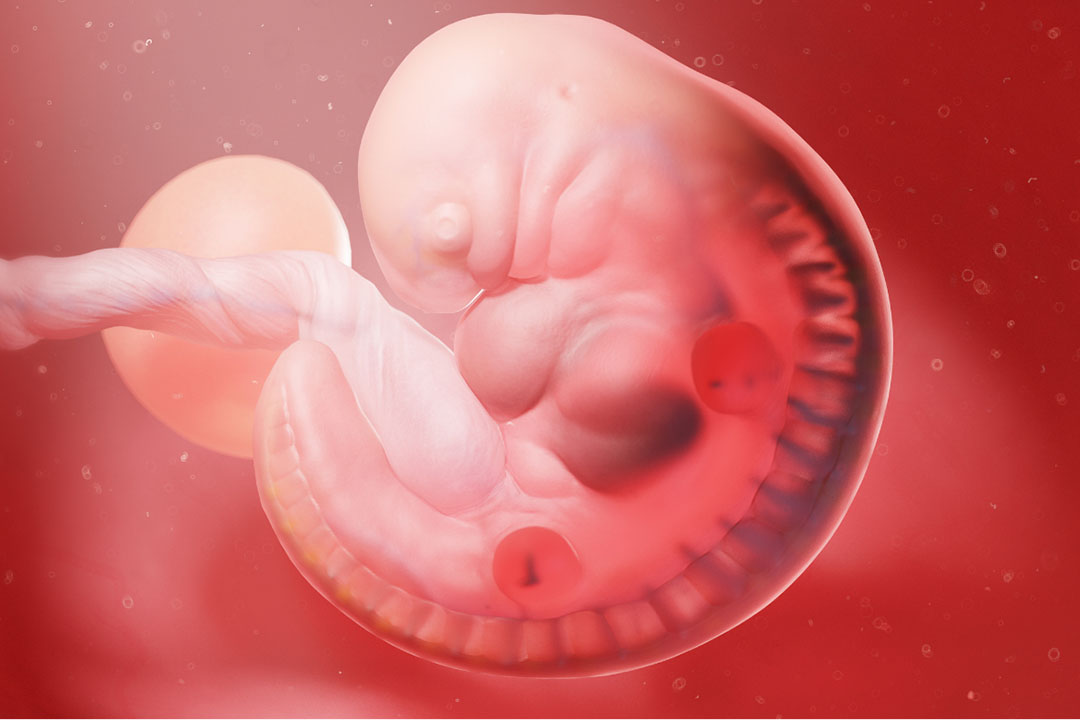
What Is Single Embryo Transfer?
Single Embryo Transfer (SET) refers to placing exactly one embryo into the uterus during an IVF cycle. The practice contrasts with Double Embryo Transfer (DET) or transferring three or more embryos at once. SET aims to achieve a healthy birth while avoiding complications linked to multiples.
When IVF first began, clinics transferred multiple embryos to increase pregnancy chances. This method did boost success but often resulted in twin or triplet pregnancies. Twins and higher-order multiples face higher risks of premature birth, low birth weight, and long-term health issues.
Mothers carrying multiples also face elevated risks of high blood pressure, gestational diabetes, and preterm labor. SET addresses these concerns by focusing on one high-quality embryo rather than several.
Why Choose Single Embryo Transfer?
Couples and clinicians choose SET for several reasons:
Reduced Health Risks
Transferring a single embryo cuts the chance of twins or triplets to nearly zero. This lowers the risk of preterm birth, neonatal complications, and maternal health issues.
High Live Birth Rates
Advances in embryo selection have allowed SET to achieve live birth rates comparable to DET. Clinics identify the embryo most likely to succeed and transfer just that one.
Cost-Effectiveness
Although an IVF cycle can be expensive, avoiding multiple pregnancies reduces neonatal intensive care costs and long-term health expenses.
Preservation of Extra Embryos
By freezing surplus high-quality embryos, couples can attempt pregnancy again without undergoing full ovarian stimulation or egg retrieval.
Patient-Centered Care
SET empowers patients to balance their desire for a healthy child with a lower medical risk profile.
Single Embryo Transfer Success Rates
Success in IVF depends more on embryo quality than on quantity. Recent research confirms that SET can match or even exceed DET success when practiced properly.
Blastocyst Transfer vs. Cleavage Stage Transfer
Extending embryo culture from day 2 or 3 to day 5 or 6 (the blastocyst stage) allows embryologists to select embryos with the highest implantation potential. Studies show that single blastocyst transfer yields live birth rates similar to transferring two day-3 embryos, while halving the multiple pregnancy rate.
Elective Single Embryo Transfer (eSET)
Clinics now offer elective SET (eSET) to patients with favorable prognosis. Observational and randomized studies over the past decade consistently find that eSET achieves live birth rates similar to double embryo transfer (DET) while dramatically reducing twin rates.
Impact of Preimplantation Genetic Testing (PGT-A)
PGT-A screens embryos for chromosomal normality before transfer. Selecting a single euploid (chromosomally normal) embryo can overcome age-related declines in IVF success. SET led to far fewer twin pregnancies, preterm births, and neonatal intensive care unit admissions.
Can a Single Embryo Transfer Result in Twins?
Patients often wonder whether a single embryo transfer results in twins? The answer is yes, but the chance is very low.
Twins after SET usually arise from embryo splitting (monozygotic twinning) rather than two separate embryos implanting. Monozygotic twinning rates in SET hover around 1% to 2%, compared to twin rates above 30% with DET.
Single Embryo Transfer vs. Double Embryo Transfer
Comparing SET to DET highlights the benefits and trade-offs:
| Feature | SET | DET |
|---|
| Live Birth Rate | Comparable when embryo selection is strong | Comparable, sometimes slightly higher initially |
| Multiple Pregnancy Risk | Near zero | Up to 30%–40% |
| Maternal Complications | Lower | Higher |
| Neonatal Complications | Lower | Higher |
| Cost per IVF Cycle | Similar | Similar, but potential neonatal costs differ |
Clinics now emphasize SET for patients under 40 with good-quality blastocysts. They reserve DET for cases with repeated implantation failures or very poor prognosis.
Single Embryo Transfer Over 40
Patient age plays a key role in IVF success. Women over 40 often face lower pregnancy rates and higher aneuploidy in embryos. However, SET remains a valid option even for older patients when combined with PGT-A:
PGT-A for Embryo Selection
Genetic screening identifies euploid embryos most likely to implant. Transferring a single screened embryo can raise success rates and reduce miscarriage risks.
Customized Protocols
Older women may benefit from mild ovarian stimulation protocols, tailored embryo culture, and careful endometrial preparation before SET.
Counseling on Expectations
Clinicians should discuss realistic chances often 20%–30% per transfer after 40 and outline cumulative live birth probabilities over multiple SET cycles.
Technology Behind Single Embryo Transfer
SET depends on three key technological advances: extended embryo culture, non-invasive monitoring, and genetic testing. Clinics also rely on vitrification to preserve extra embryos.
Extended Embryo Culture
Moving embryos to the blastocyst stage (day 5–6) allows embryologists to assess their developmental potential more accurately. Only about 40%–60% of fertilized eggs reach healthy blastocysts in culture. By selecting a strong blastocyst, clinics raise implantation and live birth rates for SET.
Time-Lapse Imaging (Early Embryo Viability Assessment)
Time-lapse incubation systems record embryos’ development continuously without removing them from controlled conditions. Embryologists review the images to spot embryos with optimal division patterns, helping pick the single embryo most likely to succeed.
Preimplantation Genetic Testing for Aneuploidy (PGT-A)
PGT-A involves taking a few cells from a day-5 blastocyst for chromosomal analysis. Embryos with the correct number of chromosomes (euploid) have a higher implantation potential. By transferring one euploid embryo, SET success rates rise, especially for older patients or those with recurrent miscarriage.
Vitrification
Vitrification is a rapid-freeze method that prevents ice crystal formation, preserving embryo integrity. High survival rates after thawing allow clinics to store multiple embryos for future SET cycles. This approach supports live birth rates similar to DET but with lower risks.
Cost of Single Embryo Transfer in India
In India, the average cost of one IVF cycle with Single Embryo Transfer ranges from ₹1,20,000 to ₹1,50,000. This estimate includes ovarian stimulation, egg retrieval, fertilization, embryo culture to blastocyst stage, single embryo transfer, and vitrification of surplus embryos.
Genetic testing (PGT-A) adds ₹60,000 to ₹1,00,000 per embryo. Couples should factor in medications, monitoring, anesthesia, and doctor fees when planning their budget.
When to Consider Single Embryo Transfer
SET suits many patient profiles, but it may not fit all situations. Consider SET if you:
- Are under 38 with at least one high-quality blastocyst.
- Produce multiple good embryos and expect high implantation potential.
- Seek to avoid the health risks of multiple pregnancies.
- Wish to freeze extra embryos for future attempts.
- Undergo PGT-A and have one or more euploid embryos.
Your fertility specialist may recommend DET if:
- You have had multiple failed SET cycles.
- You have very poor ovarian response and only one embryo.
- You and your partner accept the higher twin risk.
Elective Single Embryo Transfer (eSET)
Elective SET (eSET) refers to choosing SET even when multiple embryos are available. Ethical guidelines and clinical evidence now favor eSET for patients with a good prognosis. Clinics maintain high success rates and ensure safer pregnancies by transferring one top-quality embryo
Success and Patient Satisfaction
While individual SET cycles may yield slightly lower pregnancy rates than DET, the cumulative live birth rate over fresh and frozen SET cycles matches or exceeds that of one DET cycle. Patients often report greater satisfaction with SET because they appreciate:
- Lower anxiety about multiple pregnancy risks.
- The ability to plan for siblings using frozen embryos.
- A smoother pregnancy and healthier neonatal outcomes.
Conclusion
Single Embryo Transfer has revolutionized IVF by offering couples a path to safe, healthy singleton births without compromising success rates.
Advances in blastocyst culture, time-lapse imaging, PGT-A, and vitrification make it possible to select and preserve only the best embryos. Large studies confirm that SET achieves live birth rates similar to DET while nearly eliminating twin pregnancies and associated complications.
For women under 40 with good-quality embryos, elective SET stands as the recommended approach in modern IVF practice. Even for patients over 40, SET combined with genetic screening can deliver competitive success.
Couples seeking IVF should discuss SET and DET openly with their fertility specialist, review their individual prognosis, and consider long-term family planning goals.
About Us
AKsigen IVF is a premier center for advanced fertility treatments, with renowned fertility experts on our team. Specializing in IVF, ICSI, egg freezing, and other cutting-edge reproductive technologies, AKsigen IVF is committed to helping couples achieve their dream of parenthood. With personalized care and a patient-first approach, AKsigen IVF provides comprehensive fertility solutions under one roof.













